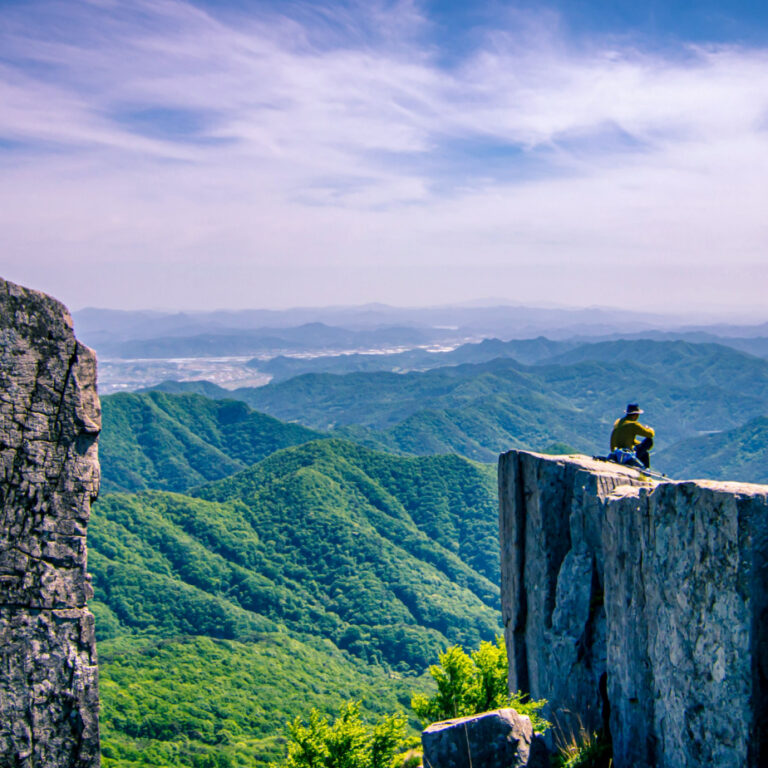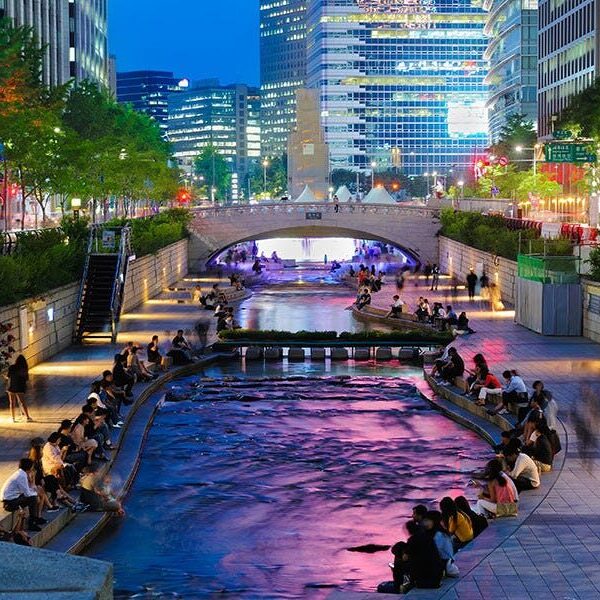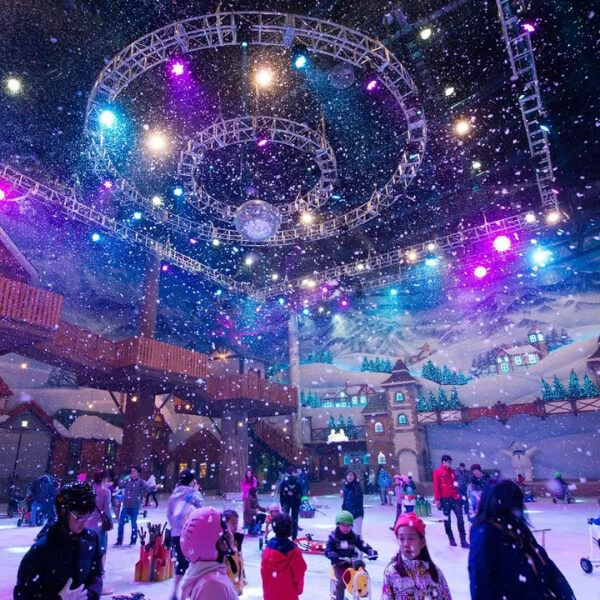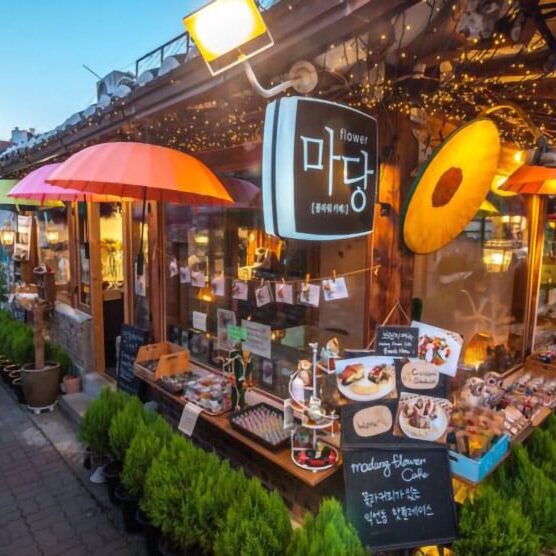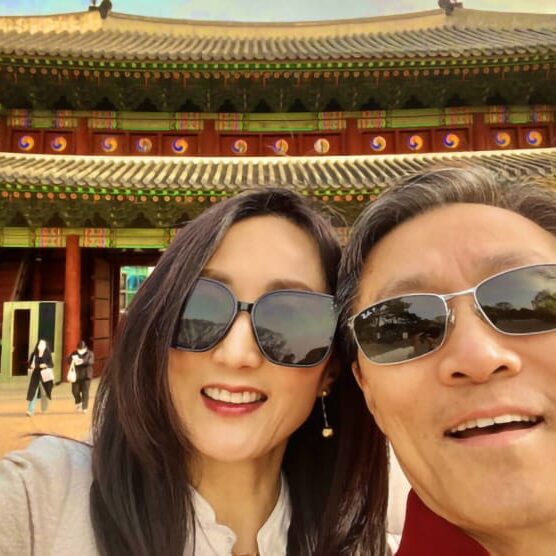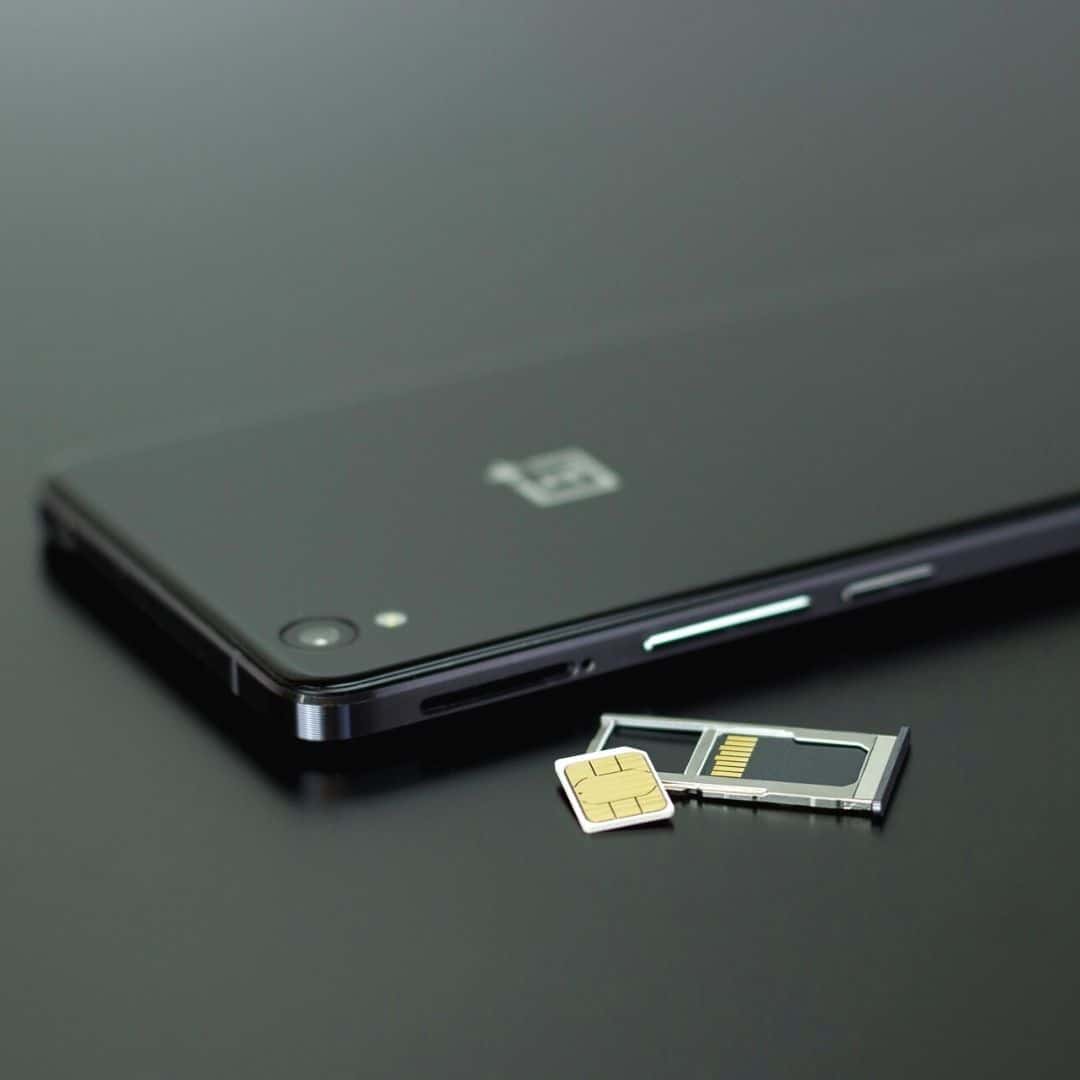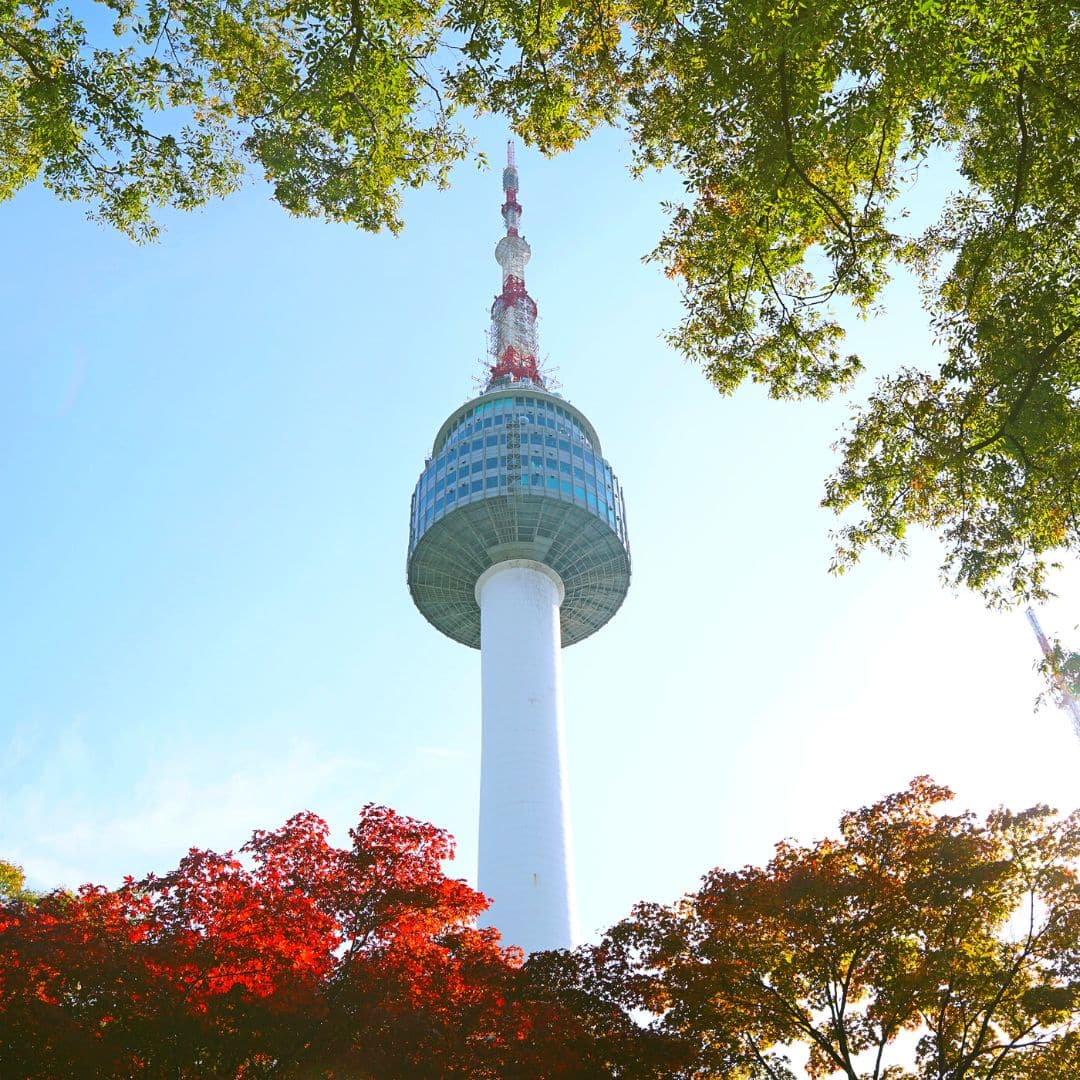By Patricia Liu and Joel Marinan
There has never been a better time to visit South Korea. Clean, modern, sophisticated, and ultra safe, Korea is a destination that you will want to come back to again and again. With the rise of Korean culture and entertainment throughout the world, the country is experiencing a renaissance of sorts, especially for foreigners who wish to experience all that Korea has to offer.
Korea has always been a fascinating country to visit and deserves a place on everyone’s travel bucket list. Known for its stunning blend of tradition and modernity, Korea features futuristic technology, bustling markets, and a thriving pop culture scene. There are no guns or drugs allowed in Korea, and visitors can expect a high level of safety and cleanliness while exploring the country. Also of note is that Korea is a no tipping culture, so savoring the delicious cuisine is extra affordable, as are the cab rides to restaurants and other destinations.
Speaking of affordability, the exchange rate between the Korean won and the US Dollar has been very favorable for Westerners, which is another perk of traveling to Korea right now.
Our South Korea Travel Guide shows you where to go, what to see, and when to travel. Start your journey with itinerary ideas and pre-travel tips, the best day trips, and lots more essential Korean travel advice. Let’s go!
Here are some of our most popular articles that will help you make the most of your trip to South Korea.
Latest Travel Updates
- Vaccination is NOT a requirement for entry into Korea.
- There is no requirement on the passport’s remainder validity for entry. You may travel to Korea as long as your passport remains valid throughout your stay in Korea.
- From April 1st, 2023, travelers from the USA, Canada, and 21 other countries no longer need to apply for the K-ETA to travel to Korea. This will run at least until 31st December, 2024 and is designed to make it easier to travel to Korea.

Planning Your Trip To Korea
Check the Korean Embassy for any possible travel restrictions.
- If you’re not sure where to stay, check out our guide to the best hotels in Seoul . You can find our recommendations for the best luxury, mid-range, and budget hotels in Seoul, as well as long-term apartments that you’ll love.
- For the best flight deals to South Korea, Best of Korea recommends Skyscanner and Expedia. You can find the cheapest prices and most convenient flights and buy the one that suits you best.
- For the best hotel prices in Seoul, Best of Korea recommends Klook 0r Agoda – they cover most hotels in Seoul and the rest of Korea and offer great prices without hidden fees.
- Before you travel to Korea, it’s a good idea to order an eSim card, regular sim card or portable WiFi router to collect at the airport so you’re connected as soon as you arrive. You can change a small bit of money before you travel, but you can also use the airport ATM to get some Korean won.
- There are large differences in exchange rates so you will need to do some comparing before you exchange a large sum of money. You can exchange USD to KRW easily at banks or money exchange shops in all major tourist areas like central Seoul (Myeongdong and Namdaemun are good places but the Coex Center also offers money exchange. You can also negotiate the exchange rate with the vendor if you think it is too high.
- You can withdraw cash from bank ATMs. Alternatively, use a pre-paid travel card like the one offered by Wise, which allows ATM withdrawals and payments and works perfectly in Korea.
- Don’t forget to bring a travel adapter for your electronics and leave plenty of extra space in your suitcase for the many Korean souvenirs and goodies you’ll buy on your tri
No, travelers from the USA don’t need a tourist visa to enter South Korea. You can visit for up to 90 days visa-free.
Most COVID-19 rules in Korea have been dropped and now there are only 2 main rules to be aware of. First, face masks are mandatory when visiting medical facilities (hospitals). There is no longer a 7-day mandatory quarantine for people in South Korea. If you’re infected with COVID, the Korean government recommends a 5 day self-quarantine, but it’s not enforced. Travelers to Korea should follow the current restrictions or may be liable for fines or deportation.
If you have any concerns or problems when traveling in Korea, you can call 1330. This is a dedicated tourism support hotline where trained specialists provide tourist assistance and is available in Korean, English, Japanese, Chinese, Russian, Vietnamese, Thai, and Malay.
The U.S. Department of State currently has a level 1 travel advisory (Exercise Normal Precautions) for the Republic of Korea (ROK). Find out more about current travel advisories for South Korea on the Department of State website.

6 Best Destinations In Korea
South Korea is truly a country of contrasts. From the bustling, modern city of Seoul, with cutting-edge designer buildings, VR labs, and AI robots, to peaceful UNESCO World Heritage cities like Jeonju and Gyeongju, there are many unique places to explore.
There’s nothing worse than coming back from vacation and hearing about incredible places you missed that you wished you’d seen, such as a beautiful Buddhist temple by the beach (Haedong Yonggungsa Temple) or a leafy island getaway where deer and rabbits roam freely (Nami Island).
Here are 6 of the best destinations in Korea that you absolutely must visit, as well as some of the sights you’ll want to check out while you’re there. We’ll be bringing you lots more detailed destination guides in the future, so be sure to visit again soon.
Korea’s Busy Capital
Seoul is Korea’s largest city, capital, and first, stop for most travelers to Korea. There are many beautiful places in Seoul, including landmarks, relics from ancient kingdoms, towering skyscrapers, Buddhist temples, Michelin-starred restaurants, and some of the best street food you’ll find in the world. If you see only one city in Korea, you should definitely visit Seoul.
You’ll never be bored in Seoul. Whether you’re traveling as a family, as a couple, or by yourself, there’s so much to do. Be sure to plan lots of time to check out Korea’s capital.
This Full Day Tour of Seoul will show you some of the hottest spots in the city, while this Customized Private Tour of Seoul will allow you to choose where to go.
Here are 10 of the best Seoul attractions:
Korea’s Second City
Busan, Korea’s second city, is a thriving port city far away from Seoul both physically and culturally. This popular summer destination features some of Korea’s most popular beaches and bars. Explore Busan and you’ll find sprawling markets, fresh seafood, film festivals, the world’s largest shopping mall, coastal temples, and lots more.
Busan is a city with some very photogenic sights. See the sunrise on the beach, hike around leafy coastal streets on the side of cliffs, and marvel at the wide range of (living!) seafood in the markets.
This Full Day Tour of Busan will show you the best beaches, markets, and local sights, while this Customized Private Tour of Busan will allow you to choose where to go.
Here are 10 of the best Busan attractions:
UNESCO City
Gyeongju is the former capital of the Silla Kingdom, part of the Three Kingdoms part of Korean history. These days, Gyeongju is an open air museum housing Korea’s finest history and monument. This UNESCO World Heritage City is a must-see for those who want to learn more about Korea’s deep cultural past.
Gyeongju is packed with temples, palaces, historical sights, and monuments. But it’s not just the history that draws the crowds, the city is an area of natural beauty, lined with cherry blossoms and shadowed by misty mountains.
This Full Day Tour of Gyeongju from Busan will take you around Korea’s open-air museum city, showing the top UNESCO sites along the way, while this Customized Private Tour of Gyeongju will allow you to choose where to go.
Here are 10 of the best Gyeongju attractions:
Natural Wonder
Jeju Island is Korea’s semi-tropical island that’s a popular vacation destination for locals and tourists alike. This area of outstanding natural beauty offers up rugged coastal walks, sandy beaches, green hills, and a volcano to hike up for those who enjoy a challenge. Culture and cafe lovers will also find Jeju Island a charm.
From snorkelling under the sea, to hiking above the clouds, sampling Jeju’s black pork BBQ, and drinking local green tea, there’s so many exciting activities, sights, tastes, and experiences waiting for you on Jeju Island.
This Full Day Tour of Jeju Island will show you some of the most incredible UNESCO World Heritage sites on Jeju’s East Coast, while this Customized Private Tour of Jeju Island will allow you to choose where to go.
Here are 10 of the best Jeju Island attractions:
Traditional Korea
Jeonju is famous for its historical and cultural sights, including the sprawling Jeonju Hanok Village, packed with more than 700 traditional hanok houses. Jeonju’s many impressive sights are close to each other and perfect for a day trip from Seoul or Busan. You can even stay overnight in one of the traditional houses.
Jeonju is a tourist hotspot so there are plenty of things to keep travelers entertained and places to experience traditional Korean food and drinks. Be sure to check out the Jeonju bibimbap, one of Korea’s national dishes. Rent hanbok (traditional clothes), take lots of pictures, and see the sights.
This Full Day Tour of Jeonju will show you around the beautiful hanok houses and traditional Korean restaurants, while this 2-Day Tour of Jeonju includes an overnight stay in a hanok and lots of delicious Korean meals.
Here are 10 of the best Jeonju attractions:
Rural Attractions
Gapyeong County is an area just outside of Seoul that’s home to several interesting attractions celebrating Korean and foreign culture. The lush green hills and blue rivers of Gapyeong make it a great place to immerse in Korean nature.
You’ll find some of the hottest day trip locations here. Explore Gapyeong County on a day trip from Seoul. You can see romantic tree-lined streets and cafes on Nami Island, explore one of Korea’s most beautiful gardens, take a trip to Petite France, and enjoy cycling through the hills on an abandoned railway track.
This Full Day Tour of Gapyeong will show you around Nami Island, Garden of Morning Calm, and the Rail Bike Park.
Here are 10 of the best Gapyeong attractions:
There are loads of locations to visit in Korea that make for a perfect day trip from Seoul. Hop on a coach, train, or tour bus in the morning and explore one or more of these unique destinations.
Here are 10 of the best day trips from Seoul to discover on your next journey to Korea:
Most travelers to Korea arrive at Incheon Airport and then travel into Seoul (it’s only 40 minutes away) to begin their journey. Seoul is certainly an incredible place to start traveling, but it definitely shouldn’t be your only destination. Korea has a lot to offer, including a lot of seasonal activities and events that you should take into consideration.
Spring and fall are the best seasons to visit Korea and during these times the traditional cities like Gyeongju and Jeonju look amazing. They’re covered with cherry blossoms or fall foliage and this creates some postcard-like scenes. Gapyeong area is packed full of natural sights to enjoy, so definitely check out these areas.
If you’re visiting during summer, head towards the coastal areas, including the north-east coastal towns of Gangneung & Sokcho, or the south-east coastal areas of Busan and the nearby islands, such as Geoje, Tongyeong, and Yeosu. You’ll find lots of winter activities to enjoy in these areas.
Winter is cold and dry and, ironically, a great time to visit Jeju Island. This semi-tropical island is warmer than the mainland, but still gets snow on the mighty Hallasan Mountain. You can sit on a sunny beach one day and then hike knee-deep in snow the next. Jeju is also famous for its citrus, with thousands of tangerine trees dropping their juicy fruits in early winter.

Where To Stay In Seoul
South Korea is truly a country of contrasts. From the bustling, modern city of Seoul, with cutting-edge designer buildings, VR labs, and AI robots, to peaceful UNESCO World Heritage cities like Jeonju and Gyeongju, there are many unique places to explore. If you’ve decided on Seoul, here are some of the best hotels that are well located and highly reviewed.
Choosing the best destinations to visit in Korea can be a challenge, especially if you don’t know what there is to see. You might not have heard of some of these destinations, which is not surprising. Korea is a country of undiscovered wonders that are waiting to be found.
There’s nothing worse than coming back from vacation and hearing about incredible places you missed that you wished you’d seen, such as a beautiful Buddhist temple by the beach (Haedong Yonggungsa Temple) or a leafy island getaway where deer and rabbits roam freely (Nami Island).
Here are 6 of the best destinations in Korea that you absolutely must visit, as well as some of the sights you’ll want to check out while you’re there. We’ll be bringing you lots more detailed destination guides in the future, so be sure to visit again soon.
If you want the best Seoul has to offer, these luxury hotels are for you. Located in Seoul’s glitziest neighborhoods, these hotels are within walking distance of Michelin-starred restaurants, chic boutiques, galleries, museums, and the finest shopping experiences available.
Expect nothing but the best in terms of service and style at these luxury hotels. Silky soft sheets, immaculate rooms with the finest fixtures and fittings, and true 5-star service from the hotel staff. These hotels have sports, dining, and entertainment facilities to make you comfortable during your stay.
Airport transfers are available with these hotels, making your journey into and out of Seoul a breeze. Located in popular upmarket districts in Seoul, these neighborhoods have lots of local charm for you to discover, as well as allow easy access to other parts of the city with excellent transport options nearby.
Not only are these beautiful, comfortable hotels inside, but they are also located in some of the most iconic buildings or districts and provide amazing views over some of Seoul’s most interesting districts. The view from the first hotel is worth the cost alone.
Recommended Luxury Hotels In Seoul
Here are 3 of the best luxury hotels in Seoul that we recommend for an unforgettable stay in Korea’s capital:
Families. couples and other travelers that want to experience the best of Seoul without breaking the bank can sleep easy with these mid-range hotel recommendations in some of Seoul’s trendy, vibrant districts, including Hongdae, Gangnam, and Myeongdong.
Encounter stylish accommodation in Seoul’s Hongdae districts, which is full of street culture and artistic scenes from the district’s eponymous Hongik University – one of Korea’s leading art centers.
Fashion lovers and shoppers will find lots to love in downtown Gangnam, with its wide streets and glassy storefronts bracketing narrow side streets and hidden delicacies.
Myeongdong is famous for its budget and mid-range accommodation options, including several hotels by the famous Lotte chain – one of Korea’s best mid-range brands.
Whichever mid-range hotel you choose in Seoul, you can be sure you’ll have fantastic city views, convenient subway access, and lots of unique cultural sights, sounds, and tastes to experience.
Recommended Mid-Range Hotels In Seoul
Here are 3 of the best mid-range hotels in Seoul that we recommend for an comfortable stay in Korea’s capital:
Seoul has a wealth of budget accommodation options that will help make your money go further. These hotels are all around $100 or less but offer the comfort and convenience that you’d expect to find in a mid-range hotel. One even has a beautiful rooftop pool.
Although these hotels are cheaper, don’t lower your expectations. You’ll always find great service in Korea. Save on sleeping to spend more on shopping, souvenirs, sights, and all the other fun things there are to do in Seoul.
These budget hotels in Seoul are also in great locations for shopping, enjoying local culture, and seeing the real side of Seoul and Korea. Hongdae offers bargain hunters the chance to get boutique fashion at market prices, Gangnam has plenty of cafes and cheap eats tucked away off the main avenues, and Myeongdong is a budget traveler’s paradise full of $1 street food and bargain souvenirs.
You won’t be disappointed with a night at any of these hotels. If you want to make your budget go further so you can spend more on some of the incredible day trips Seoul has to offer, definitely book a night at one of these hotels.
Recommended Budget Hotels In Seoul
Here are 3 of the best budget hotels in Seoul that we recommend for an affordable stay in Korea’s capital:

Korean Travel Tips
Korea is a unique country with a written language that looks nothing like English, fascinating etiquette rules, and an always busy lifestyle. Travelers may be lost trying to do even the simplest things.
These travel tips include the best options for staying connected, how to use public transportation easily and cheaply, great discount cards that will save you money as you travel, where to exchange money, and how to learn some basic Korean phrases for when you travel.
These essential Korean travel tips have been crafted by experienced travelers who love to save time and money. Only the best quality services and products are recommended here.
Here are our Korea travel essentials that’ll help you get around more easily, save you money, and let you get the most out of your trip.
Plan ahead now and you’ll have fewer troubles on your travels, giving you more time to enjoy your time in Korea.
If you’re traveling to Korea, you’re almost certainly going to want to get access to the internet to help you navigate, translate Korean, or even book tickets to attractions. Korea has one of the world’s best mobile internet and the prices are very reasonable. 5G mobile internet services are available across the country and Korea was one of the first to get the super-fast service. You won’t have problems connecting with a sim card or WiFi router when you travel.
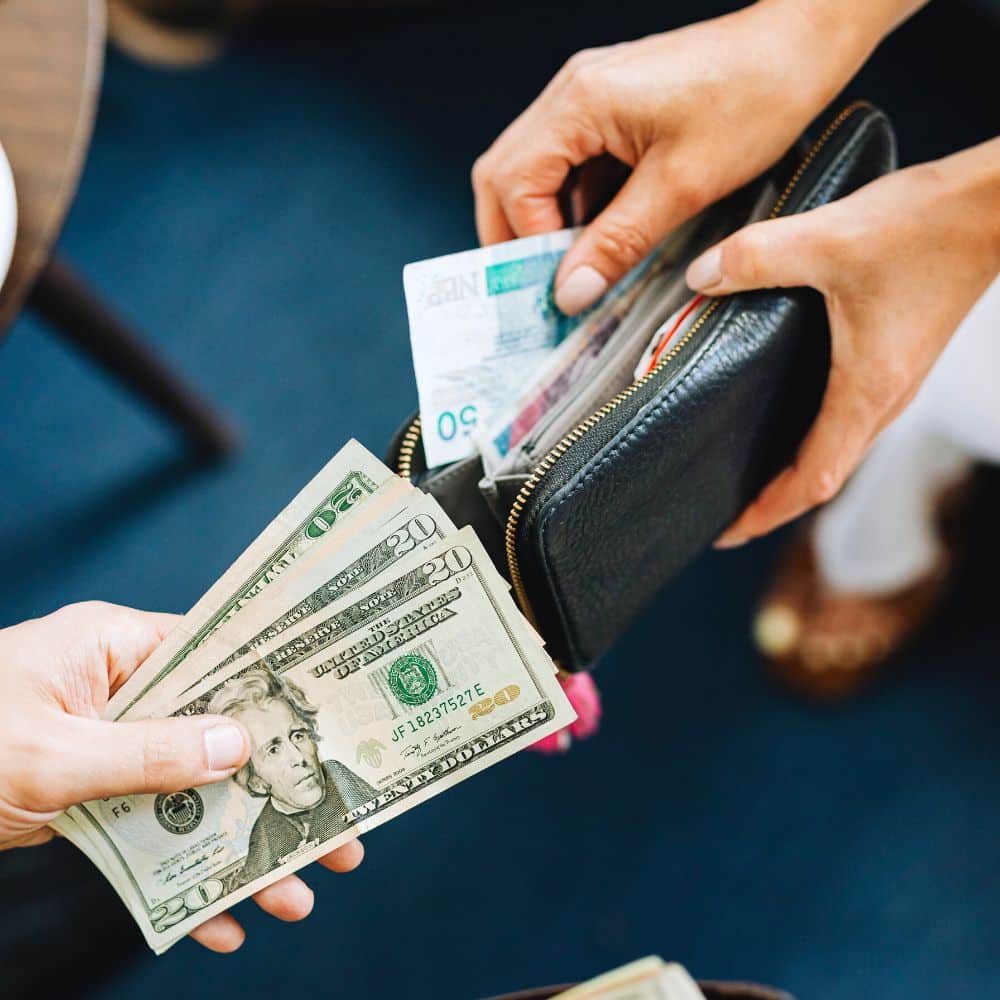
Travel Money Cards For Korea
While cash is useful and familiar when traveling, a much better option is to use a travel money card (also known as a currency card). Travel money cards, such as the Wise Travel Money Card, allow you to pay for travel expenses without the need to carry cash or convert money.
A travel money card offers the convenience of using a credit card without high fees that a regular bank could charge. It also allows you to withdraw cash from an ATM without a fee (up to a limit), so you can avoid carrying any cash on the flight or using a money exchange. The exchange rate is the mid-market rate, meaning it’s better than you’ll find even at the money exchanges listed before.
The best option for travel money in Korea is to have a mixture of cash and cards, with a backup credit card just in case. Taking some USD with you is always a good option as you can find plenty of places to exchange it to Korean won and probably at a better rate than you’ll get in the US. If you want to withdraw money in Korea, look for the global ATMs in tourist areas.
Taking a travel money card will be safer, cheaper, and more convenient than relying on your own bank or credit card, too. These cards offer competitive rates and are widely accepted around the world so you can use them to visit other countries, too. If you use a travel money card and it gets lost or stolen, you can freeze the card instantly with the app and not have to worry about losing the balance on the card.
When you visit Korea, you’ll notice that most people pay for goods with a card or payment app, even for small purchases like a bottle of water. Unfortunately, the payment apps that are common in the US, such as Apple Pay or Google Pay, aren’t available in Korea. Korean apps, such as Kakao Pay, require a Korean bank account, and therefore aren’t an option for travelers.
T-Money For Public Transport
The T-Money Card is an essential purchase for every traveler to Korea. The T-Money Card is a transportation card that allows contactless travel on Korea’s buses and subways. Simply buy a T-Money Card, top-up the card, then use it to travel.
Not only is this transportation card really convenient, it also saves you money. You’ll receive a discount on every bus or subway journey when you pay with the T-Money Card. These discounted fares are available in all cities across Korea, not just Seoul.
This isn’t the only use of the T-Money Card. You can also use to buy a coffee from Starbucks, get lunch in McDonald’s, shop for Korean cosmetics, and even to watch a baseball game. It’s a very useful card that can be used anywhere you see the T-Money Card.
You can get the T-Money Card in Korea from subway stations and at certain transport centers, including Seoul Station and Incheon Airport. The card costs 2,500 KRW. You can buy the card with a credit card, but to top-up the card, you need to use cash. If you buy a Discover Seoul Pass, this card includes the T-Money functions.

Things To See & Do In Korea
If you want to build your own itinerary for South Korea, then this section of the South Korea Travel Guide will provide the building blocks you need to craft the perfect trip.
South Korea is a country packed with famous landmarks and sights, unique culture – modern & historical, family-fun activities, outdoor adventures, cozy cafe districts, and natural wonders. There’s more to do in Korea than you could imagine and it’s impossible to explore it all in one trip. Try to plan your itinerary by cities and locations. For example, plan your day in Seoul stay by district.
Here are some of the best things to see and do in South Korea, broken down into different themes so you can find things that interest you the most. The location of each of these attractions is included, too, so you can create a city by city itinerary, seeing the best South Korea has to offer.
These attractions are available all year round so whenever you go to Korea, you can enjoy them. There are plenty of things to see and do in Korea that only happen during certain seasons. Check out the Season Guide in this South Korea Travel Guide for more information about Korean festivals and seasonal events.
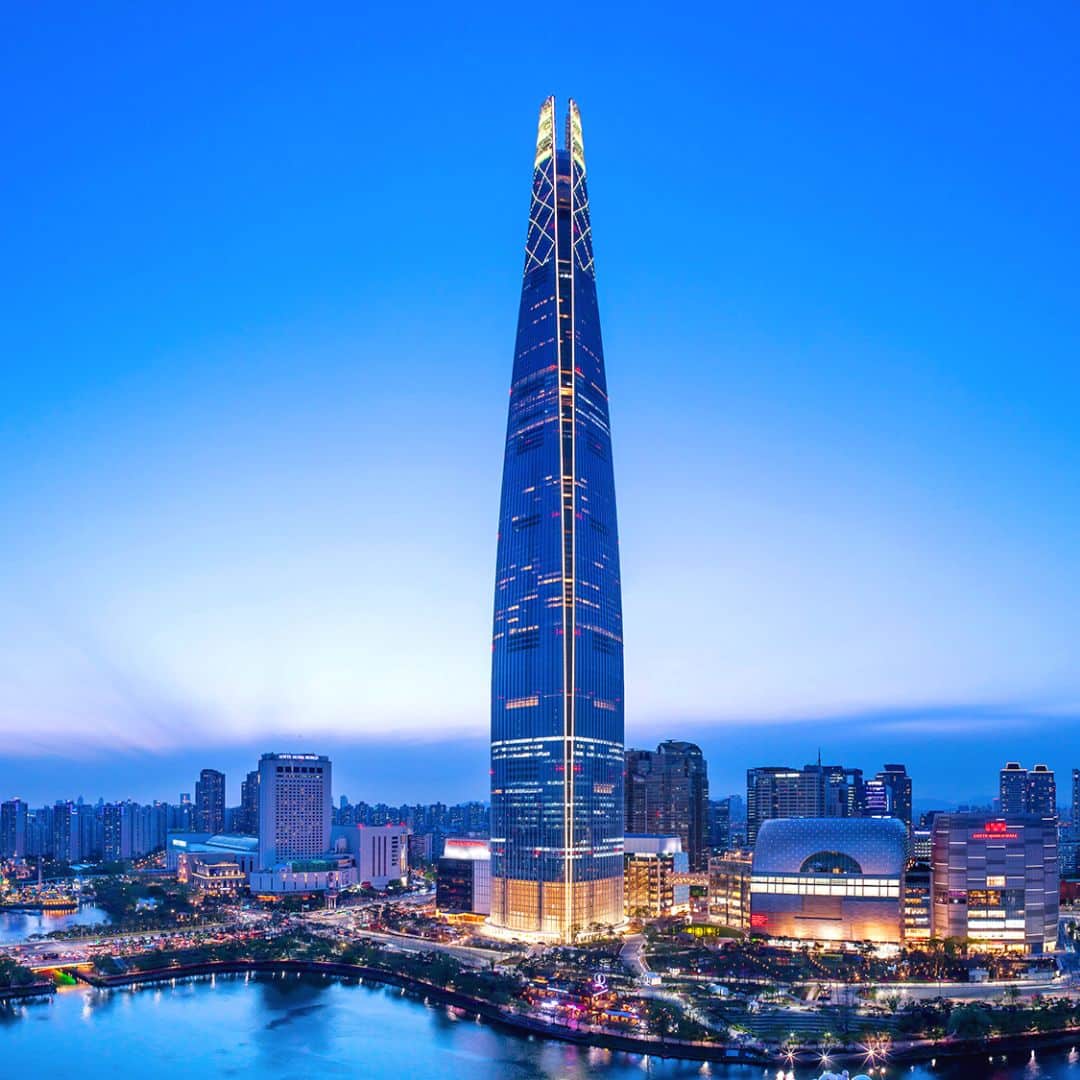
Here are 10 of the best Korean landmarks:
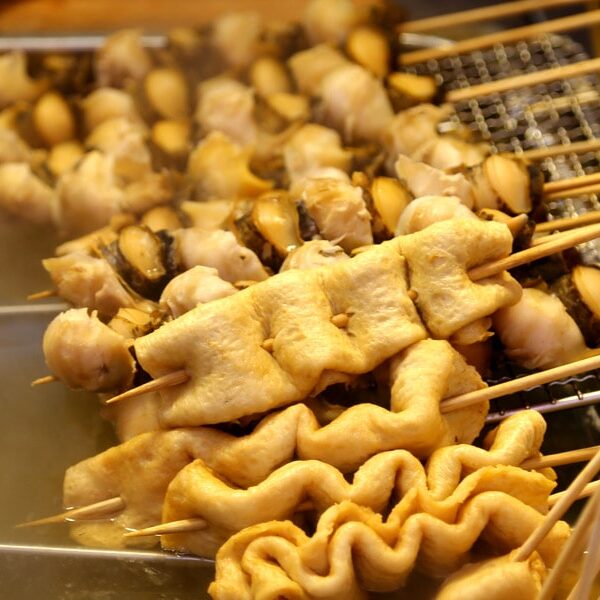
Why travel to a diverse country such as Korea and not embrace the local culture? Here are 10 of the best unique Korean experiences you can only enjoy fully in Korea. Be brave, try something new and create lasting memories of your Korean adventure.
Here are 10 of the best uniquely Korean experiences:

Here are 10 of the best Korean historic sights:

Here are 10 of the best modern K-Culture spots:
As you’ll see, there’s just so much to see and do in Korea. You could spend a whole week in Seoul and not run out of exciting activities to do and sights to explore. Our advice is to try to avoid planning to do too many things in one day and adding in plenty of free time.
There’ll be many random things that catch your eye, such as a curious side street, or your nose, like the delicious smells from a food stall. Make sure you’ve got flexibility in your schedule to investigate these surprises and to take a rest if you need to – walking and traveling for days on end can get tiring.
Korea comes alive at night and markets and city streets are often best explored after the sun goes down. Drab concrete buildings come alive with neon signs, lanterns, and electric lights and are quite a sight to be seen. Visit popular tourist attractions such as the royal palaces and hanok villages during the morning as they’ll be less crowded.
If you plan to visit the Secret Garden in Changdeokgung Palace (you really should!), tickets are available on the day and sell out fast. Getting to these places early can guarantee you get tickets, see the sights unobstructed, and have time in the evening to soak up the night life and culture.
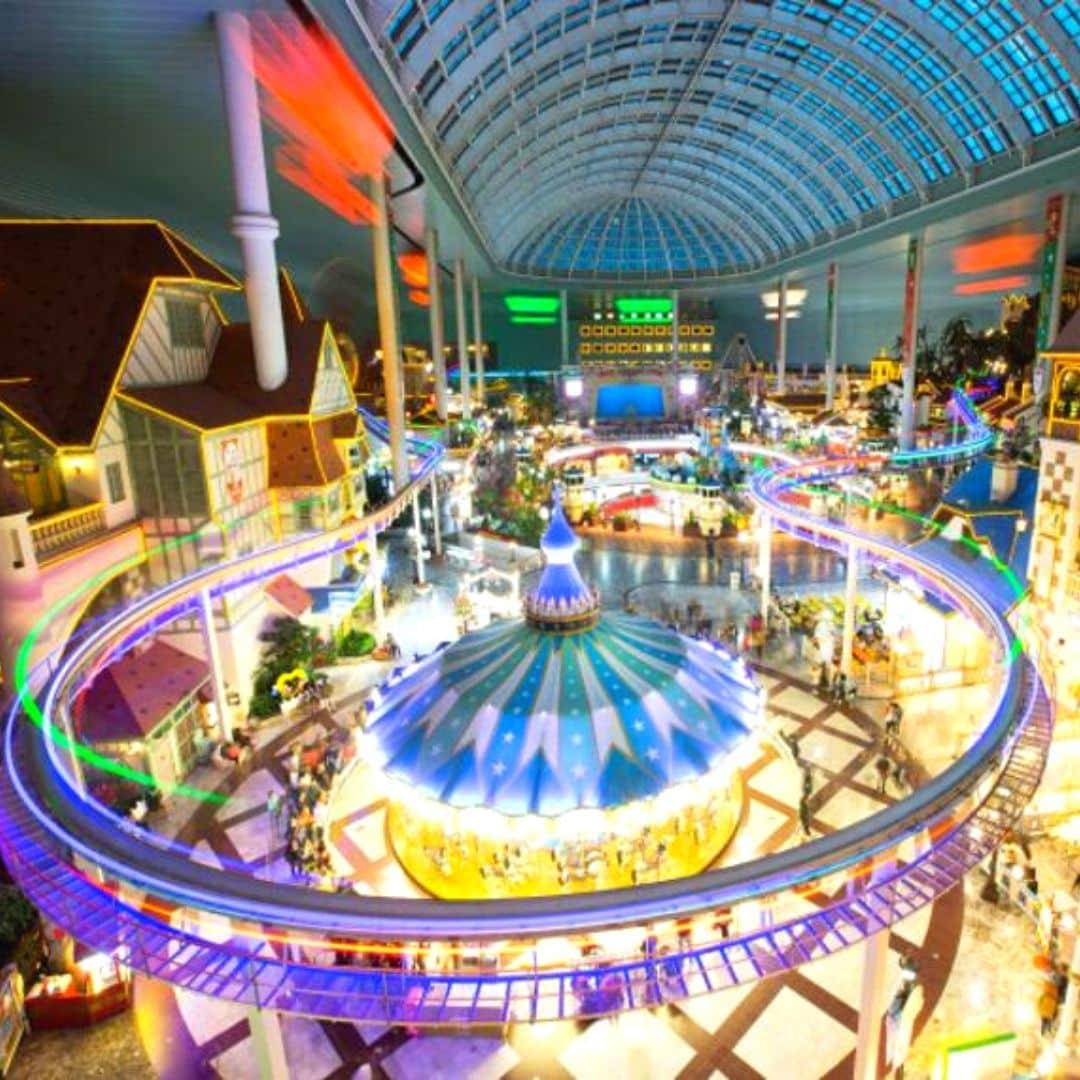
Here are the 10 best family-friendly activities in Korea:
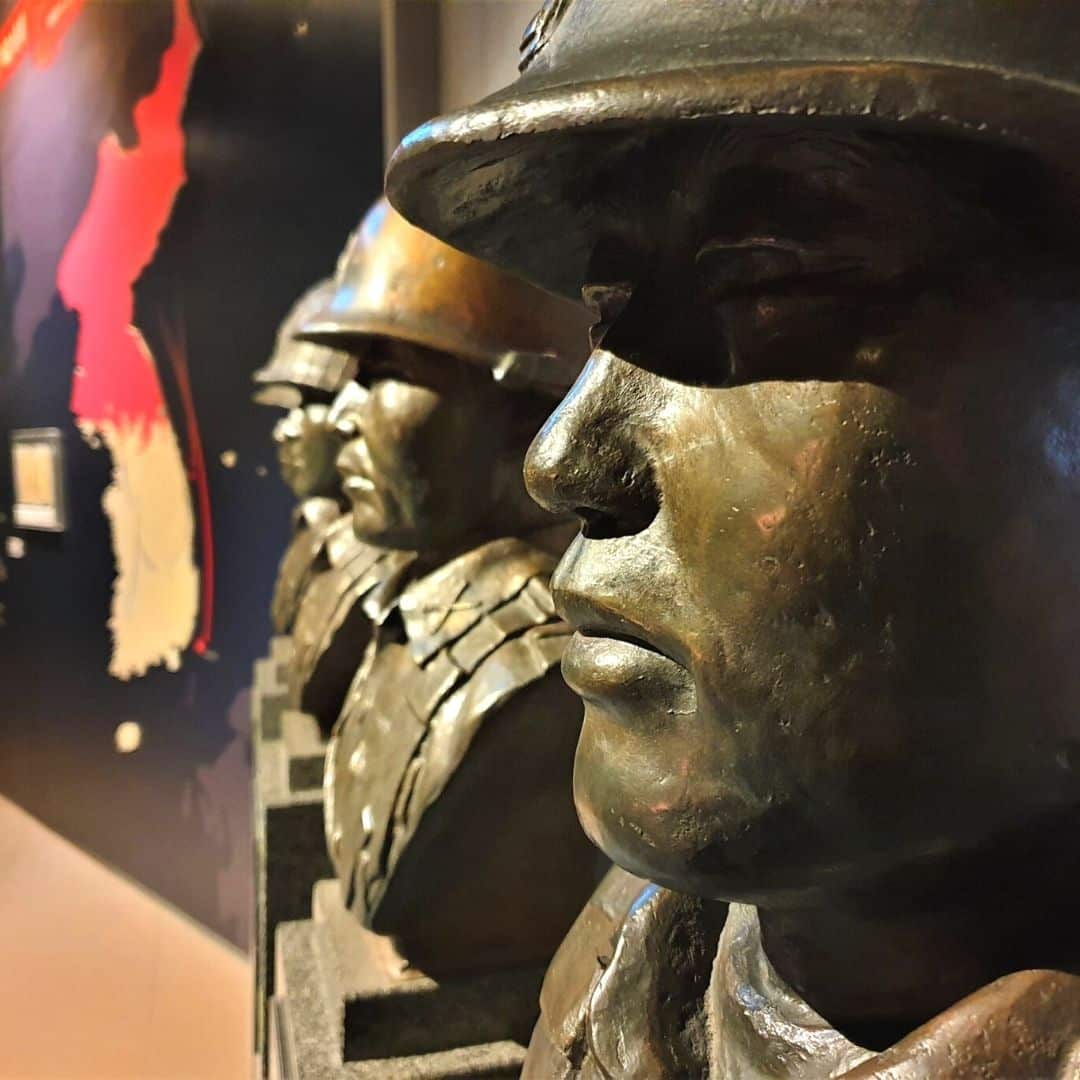
Here are the 10 best museums & galleries in Korea:

Here are the 10 best cafe areas in Korea:

Here are 10 of the best Korean markets and shopping areas:

Here are 10 of the best natural sights in Korea:

Travel Itinerary For Korea
When planning a travel itinerary for South Korea, it’s best to think about what kind of experience you want when you travel to South Korea and build your itinerary from that. What kind of traveler are you and what do you want to take away from your Korea trip? Are you planning a trip for yourself, for your family, or as a romantic escape?
Do you want to learn about traditional Korean culture and history? Are you visiting to immerse yourself in modern Korean culture and maybe meet your idols? Are you planning to get out into Korea’s mountains to hike and join a Buddhist Temple Stay? Or are you going to eat, drink, shop, and make the most of Korea’s discounted goods? Or all of the above?
This section of this South Korea Travel Guide will offer some of the best one-week and two-week itineraries for South Korea. These itineraries are rough guides, created to help you begin planning your trip. Feel free to pick and choose the parts from them that you like to create your own travel itinerary for South Korea. We’ll be adding more great itineraries soon, be sure to check back for the latest ideas.
Classic 1 Week Itinerary For Korea: Seoul, Busan, Gyeongju
This is one of the most popular of the 1-week itineraries for South Korea and will take you to the most famous and interesting places that are top of most travelers’ South Korea bucket lists. Starting in Seoul, Korea’s capital, you’ll explore the best sights in this city before taking a day trip out to the lovely Gapyeong County to get a breath of fresh Korean countryside air.
From day 4, zip across the whole of Korea on the high-speed KTX train and explore Korea’s second city, Busan. See coastal temples, fish markets, wide beaches, and more in Busan before taking a day trip to Korea’s historic UNESCO World Heritage City, Gyeongju. On the last day, it’s time to return to Seoul to pack your bags full of the best souvenirs and snacks and say farewell in the highest part of the city.

Afternoon: Dressed in your hanbok, enjoy more traditional Seoul with a walk around the narrow streets of the Bukchon Hanok Village. Visit traditional Korean teahouses, galleries, markets, and more.
Evening: Check out the stalls and shops of artsy Insadong, contemplate Jeogyesa Temple, and take an evening stroll along the Cheonggyecheon Stream before dining in Myeongdong or the Jonggak Avenue of Youth.
This Full Day Tour of Seoul will show you some of the hottest spots in the city, while this Customized Private Tour of Seoul will allow you to choose where to go.
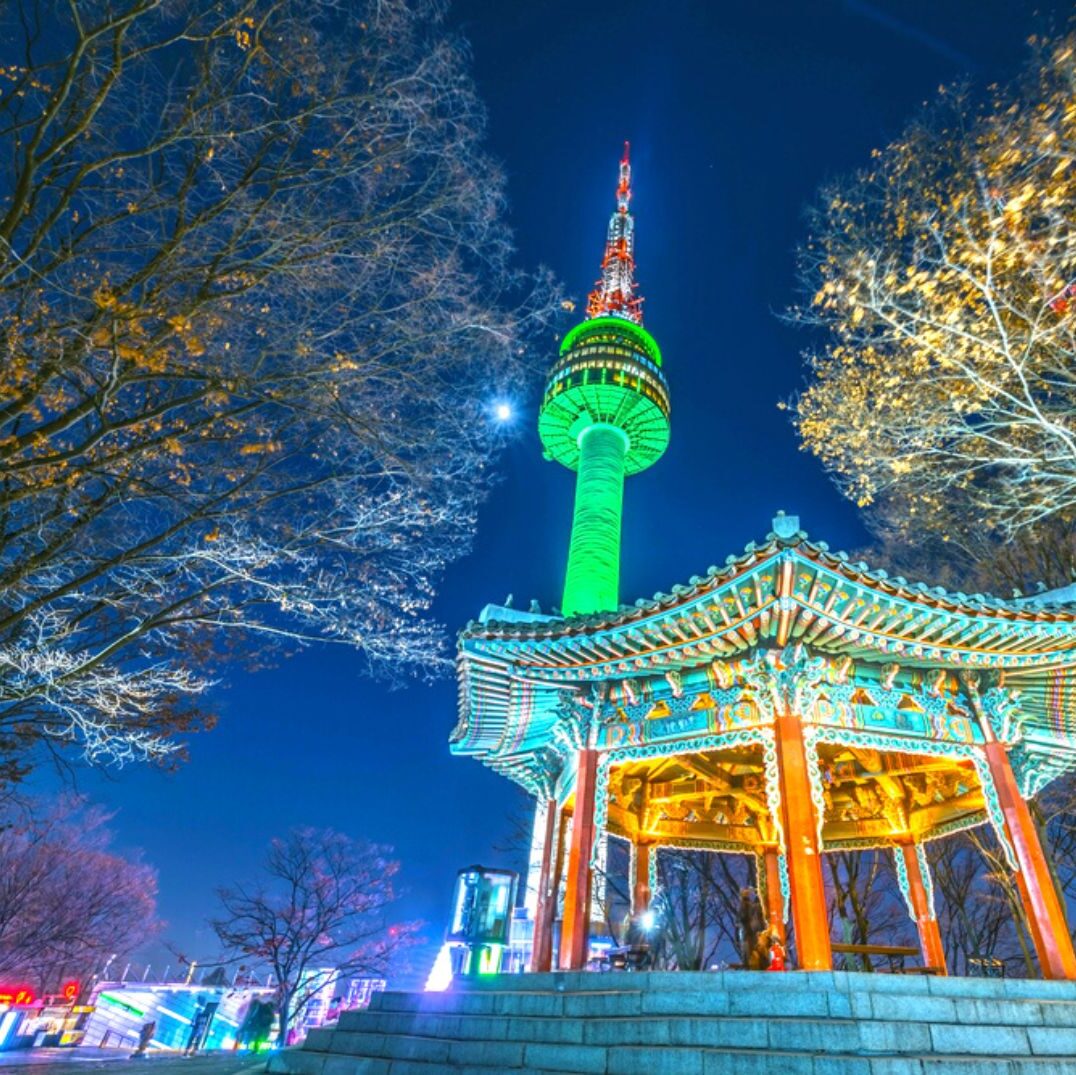
Afternoon: Head back to central Seoul and witness the bustling sights and delicious smells of Seoul’s traditional Gwangjang and Dongdaemun Markets. Try delectable Korean street foods here.
Evening: Take the Namsam Cable Car to the top of Namsan Mountain and watch the sunset from N Seoul Tower. See some of Seoul’s fortress walls before heading back down to go late-night shopping at Myeongdong Market.
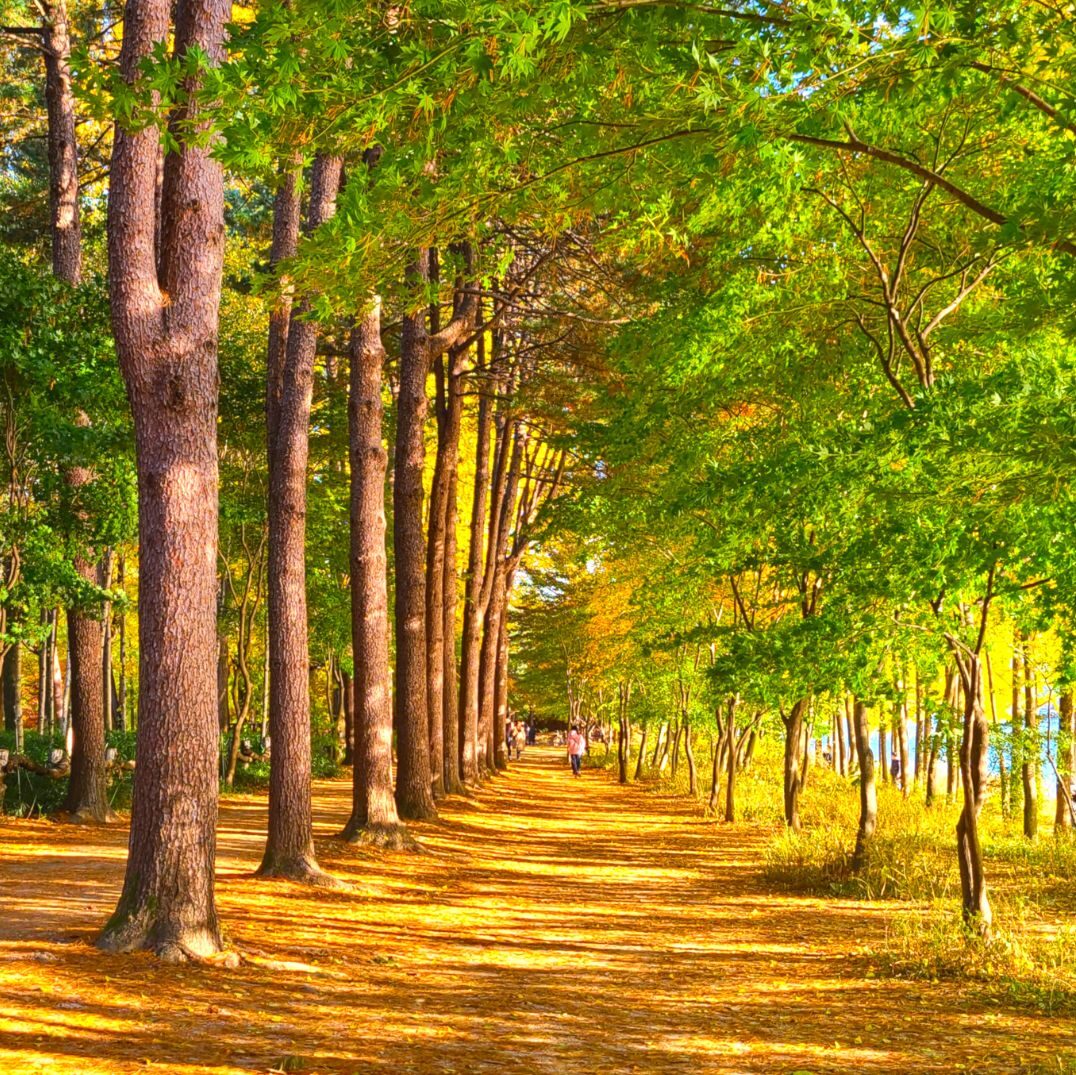
Afternoon: Zip line or sail over to Nami Island for impressive nature, bike rides, leafy walks, and cozy cafes. See popular scenes from K-dramas and even some wild animals, like deer and rabbits.
Evening: Pedal your way along an abandoned railway at the Gangchon Rail Bike Park before heading back to Seoul for fine dining in Gangnam’s Apgujeong Rodeo district.
This Full Day Tour of Gapyeong will show you around Nami Island, Garden of Morning Calm, and the Rail Bike Park.
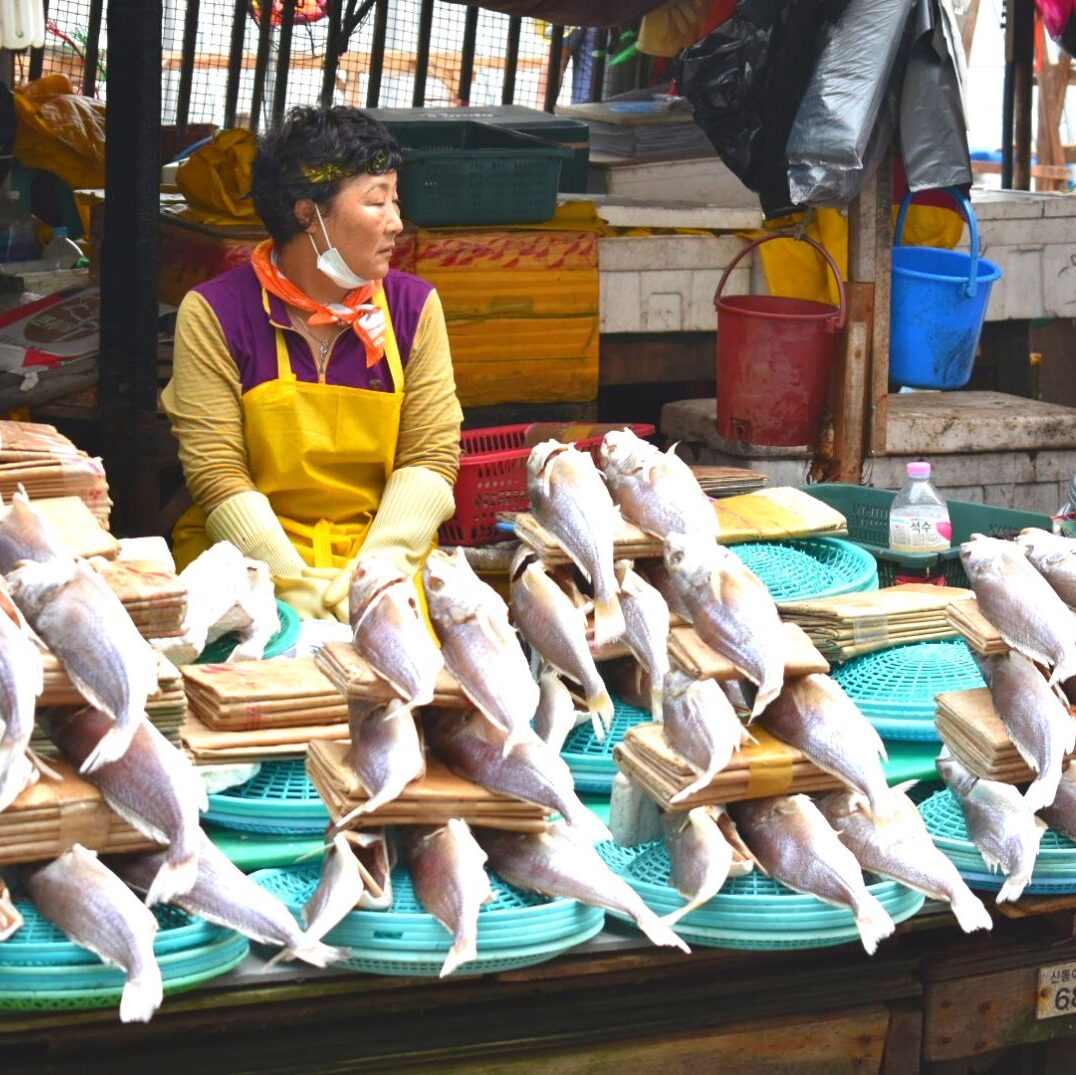
Afternoon: Head to the Nampo-dong near Busan Station and visit Jagalchi Market for a fresh seafood lunch. Then explore cosy Bosu-dong Book Alley or take a taxi to the Huinnyeoul Culture Village.
Evening: Take the subway up to Haeundae Beach for Busan’s best night-scenes. Grab dinner overlooking the beach, or at one of the market stalls. If you’re feeling brave, visit BUSAN X the SKY to see breathtaking views over the coast and city.
This Full Day Tour of Busan will show you the best beaches, markets, and local sights, while this Customized Private Tour of Busan will allow you to choose where to go.

Afternoon: Head to the Gyeongju Gyochon Traditional Village for a traditional meal and to see the stunning Woljeonggyo Bridge. Gyeongju National Museum is nearby, too.
Evening: See the tranquil night views of Wolji Pond where palace buildings reflect perfectly in still waters. Stop at Hwangnidan-gil area for dinner and drinks before returning to Busan.
This Full Day Tour of Gyeongju from Busan will take you around Korea’s open-air museum city, showing the top UNESCO sites along the way, while this Customized Private Tour of Gyeongju will allow you to choose where to go.
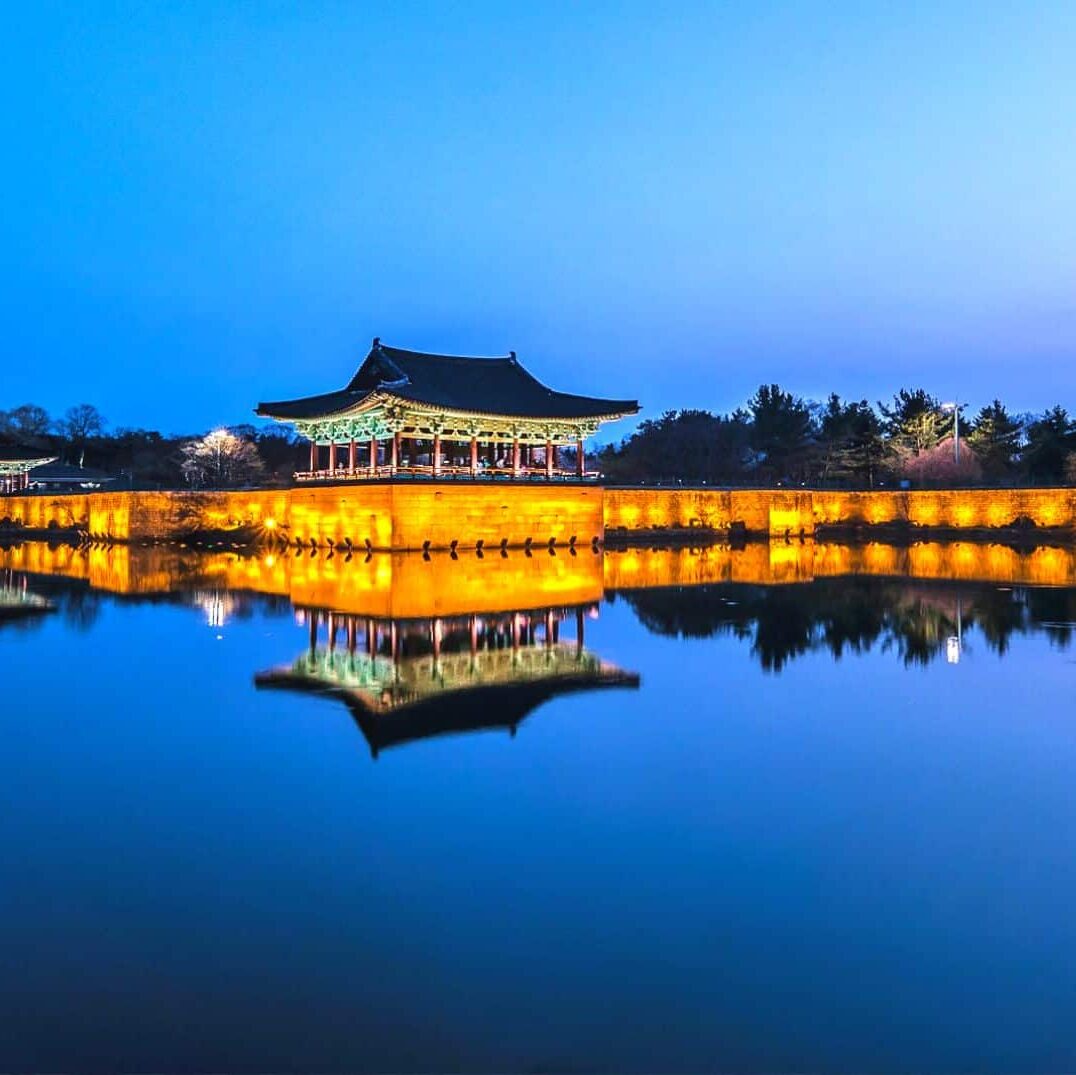
Afternoon: Head to the Gyeongju Gyochon Traditional Village for a traditional meal and to see the stunning Woljeonggyo Bridge. Gyeongju National Museum is nearby, too.
Evening: See the tranquil night views of Wolji Pond where palace buildings reflect perfectly in still waters. Stop at Hwangnidan-gil area for dinner and drinks before returning to Busan.
This Full Day Tour of Gyeongju from Busan will take you around Korea’s open-air museum city, showing the top UNESCO sites along the way, while this Customized Private Tour of Gyeongju will allow you to choose where to go.
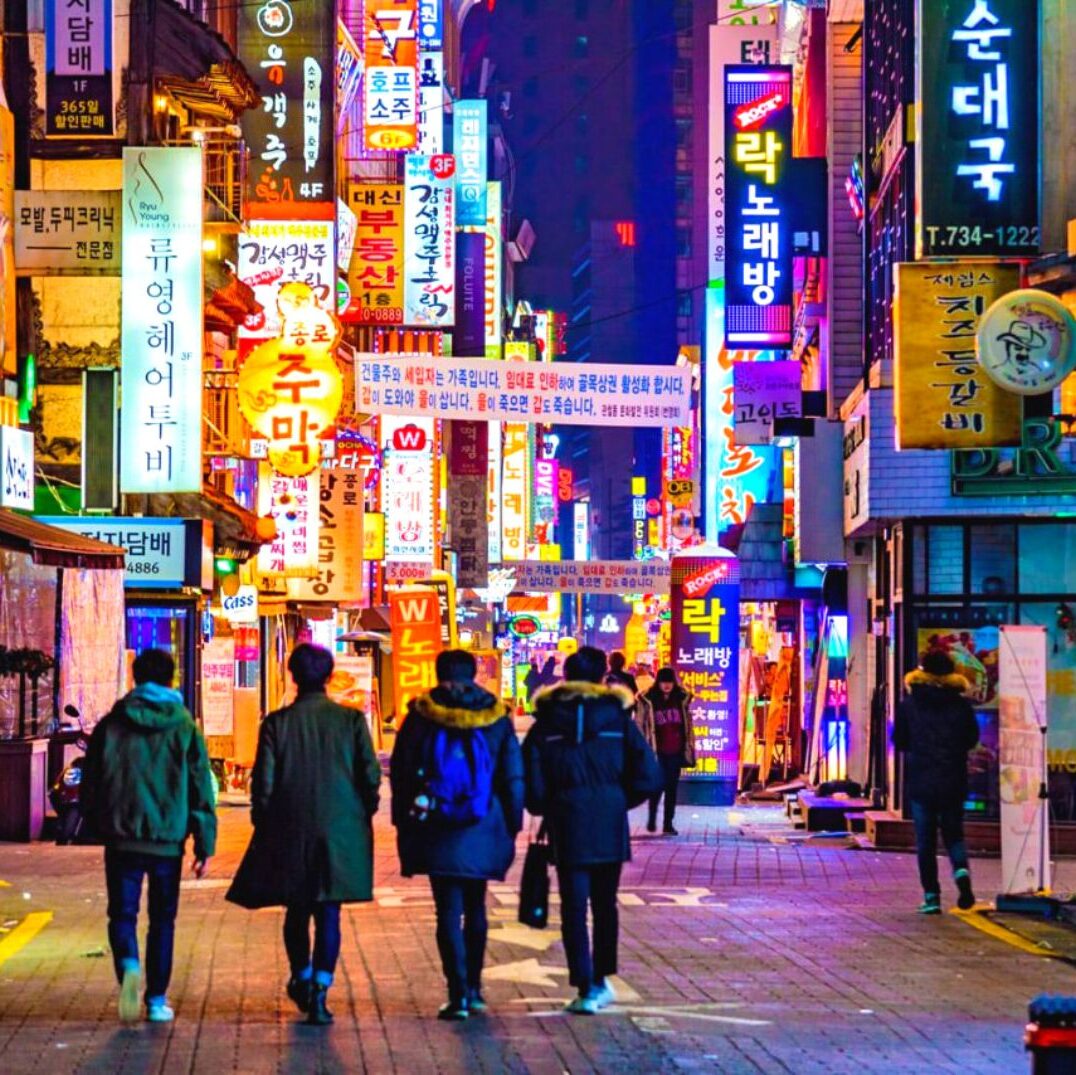
Afternoon: Explore the artistic shopping streets of Hongdae for last minute souvenirs and gifts for yourself. Take a break in one of the unique animal or artsy cafes.
Evening: Either take a night cruise along the Han River from Yeouido Hangang Park or dine in style at the Lotte World Tower in Jamsil, the world’s 6th tallest building. Both offer great night views of Seoul and unforgettable memories to take home.

Korean Seasons Guide
The best time to visit South Korea is during the warm spring or fall seasons. The weather is mild and clear, there’s a range of festivals and seasonal activities to enjoy, and you can travel to Korea comfortably.
The best months to visit are April, May, September, and October. These months are all during the Korean school semester, so there won’t be as many local travelers around during the weekdays. However, expect the weekends to be busy as people leave the cities to travel within Korea.
Large public holidays, including Chuseok (mid-autumn festival) in September / October) and Buddha’s Birthday (May), provides travelers with the opportunity to experience Korean culture and celebrations. These holidays change each year based on the lunar calendar.
Korean Weather & Climate
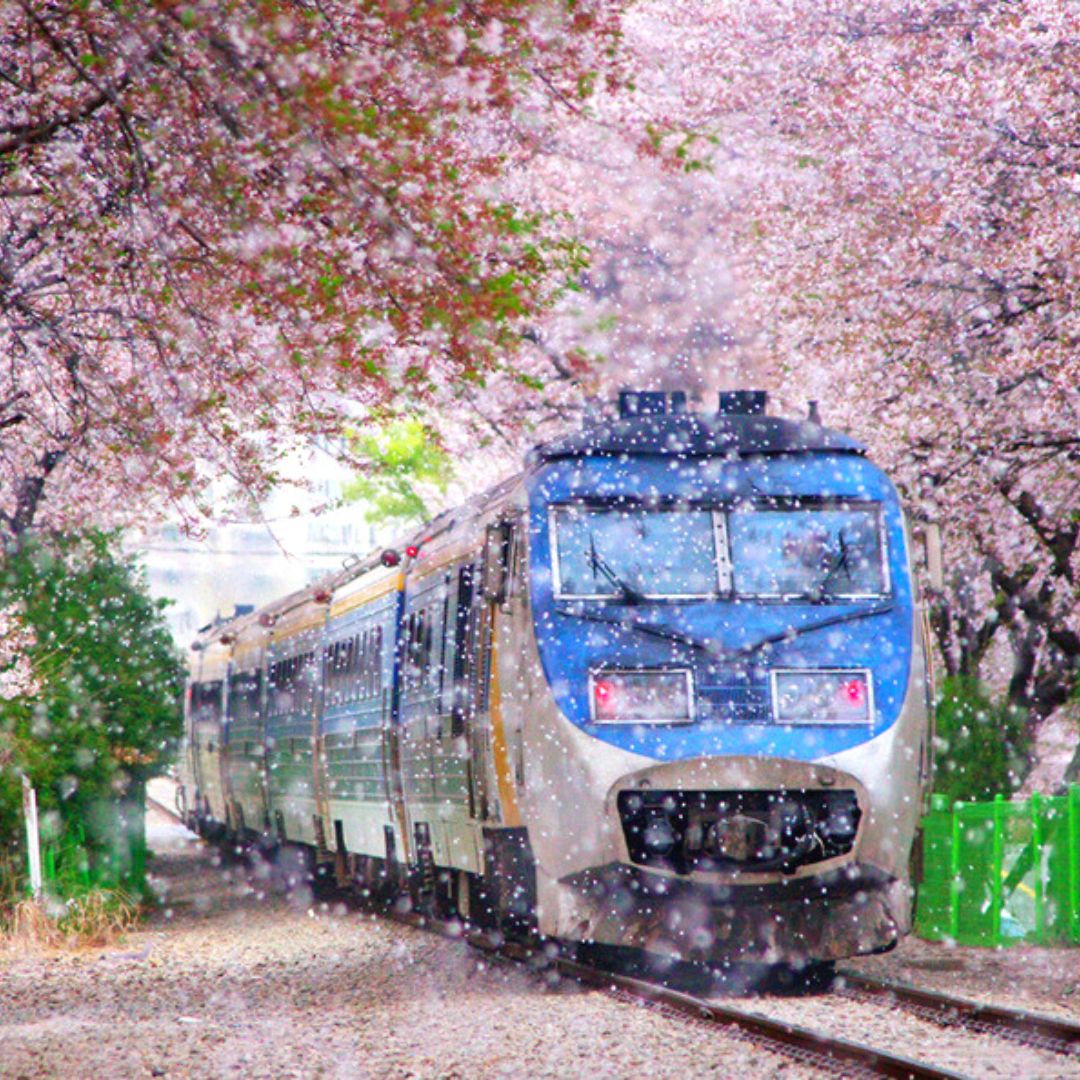
Visiting in spring offers the chance to see beautiful cherry blossoms stretch across the country, as well as many other spring flowers that brighten up Korea after a cold winter.
Spring starts in late March with the awakening of the cherry blossoms and ends in early June with the start of the rainy season. South Korea is a country with a close connection to nature, which can be witnessed in the many spring festivals and celebrations that happen throughout the year.
Some of the best spring festivals include the Jinhae Cherry Blossom Festival, Damyang Bamboo Forest Festival, Yeon Deung Hoe Lotus Lantern Festival, Jindo Sea Parting Festival, and Boseong Green Tea Plantation Festival.

The weather in summer is perfect for getting outside and relaxing on one of Korea’s many beaches. Some of the best activities include spending a weekend camping or glamping by the beach, hiking in shaded valleys in the national parks, and water sports such as surfing, kayaking, and scuba diving.
Unfortunately, the heat may put off some travelers, and high humidity makes it uncomfortable to move around too much. Fortunately, Korea is a modern country with lots of air-conditioning and ways to deal with the hot weather, including delicious summer dishes.
Cool down with a bowl of Korean bingsu (shaved ice dessert) or a cool latte in one of the many cozy Korean cafes in popular beach destinations.

Travelers to Korea in the fall are treated to spectacular fall foliage creeping far and wide. You can see it falling on palace grounds, sprawled on mountains in national parks, and along city streets.
The start of the fall foliage season in Korea coincides with the end of the hot and humid summer, with clear skies and cool weather, making it the perfect time to travel in Korea. Like spring, the fall season in Korea is one of the festivals and celebrations.
The Chuseok holidays in late September / early October are the biggest public holidays of the year, with cultural events held in popular tourist destinations. There’s also a range of cultural festivals, such as the Andong Mask Festival, Baekje Culture Festival, Jinju Namdang Yudeung Lantern Festival, Jeonju Bibimbap Festival, and the Seoul Kimchi Festival.

Winter, like summer, has more extreme weather than spring and fall, with temperatures often in the 20s and 30s and below. This season, however, is also one of the best for travelers who want to see clear, blue skies and experience good weather.
Winter is the driest season and it very rarely rains. If you don’t mind the cold weather, it’s perfect for traveling around South Korea. One of the biggest draws during winter is the chance to see snowy Korean landscapes, from snow-bedecked royal palaces to frosty peaks atop Korea’s many mountains.
Winter sports are popular in Korea, with ski and snowboard resorts aplenty. Winter also offers the chance for family fun with winter attractions including sledding, winter illuminations, and Christmas parades.

Cost To Travel To Korea
The cost to travel in South Korea largely depends on your personal style of travel. You can travel on a low budget in Korea, for under $50 per day, or you could also travel for 10 times that amount if you wished to.
Food costs range from a few dollars for a bowl of jajang (black soybean) noodles to hundreds for premium hanwoo (Korean beef) steak. The same applies to accommodation, with budget hostels costing $10 per night and premium 5 stars hotels costing hundreds.
Most travelers to Korea will already know what they want to prioritize their spending on. Some travel to Korea to eat, others to shop, and many more to experience the unique culture and history that Korea has to offer.
The costs in this section of our South Korea Travel Guide are based on the latest costs in Korea from this year. Examples of different costs have been covered to give you an idea of what to expect when you try to budget.
Please note, these prices are based on traveling in Seoul during non-peak times. Prices may be higher in peak times, which include cherry blossom season (Apr) and fall foliage season (Oct). Popular tourist cities, such as Gyeongju and Jeonju, may also have higher prices on weekends.
How Much Does It Cost To Travel In South Korea?
Travelers may find they want to spend more on hotels and less on eating out, or vice-versa, so don’t feel like you have to only follow the costs for one section. This is only a guideline to help you plan based on your own personal preferences.
To make it easier to figure out your expected costs to travel in Korea, this South Korea Travel Guide has broken down the costs into 3 different categories. These categories loosely fit 3 different types of travelers, as described below:

Further Costs To Travel In South Korea
Besides these everyday costs to travel in South Korea, there are other costs that you’ll need to cover from time to time. These costs include internet & phone access, day trips, activities, souvenirs, travel insurance, and flights. These costs will be broken down into low and high-end costs that you can expect to pay in Korea.

Museums and galleries offer unique (and authentic) Korean souvenirs such as pottery, painting, tea & soju sets, and more. If you want something a bit more special, head to the underground markets near Gwangjang Market in Seoul and get your own handmade hanbok, which you can get posted back home to save luggage space.
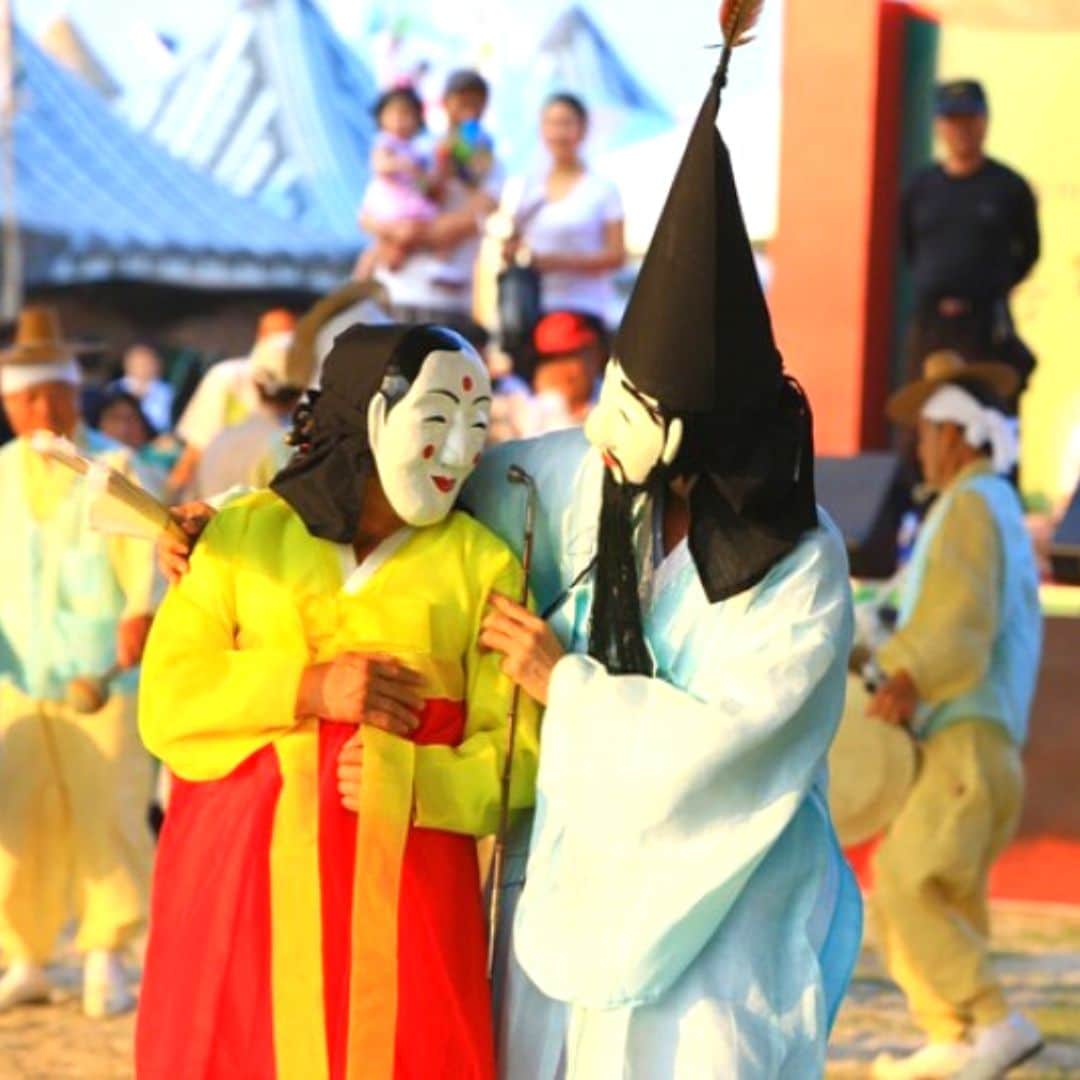
The day trip prices quoted below are the prices you can expect to pay with a reputable tour company like Klook or Trazy. Hiring a private guide will be a lot more expensive and might come to $200+ per day.
Please note: The prices quoted below are estimates and may change depending on the season or tour services.
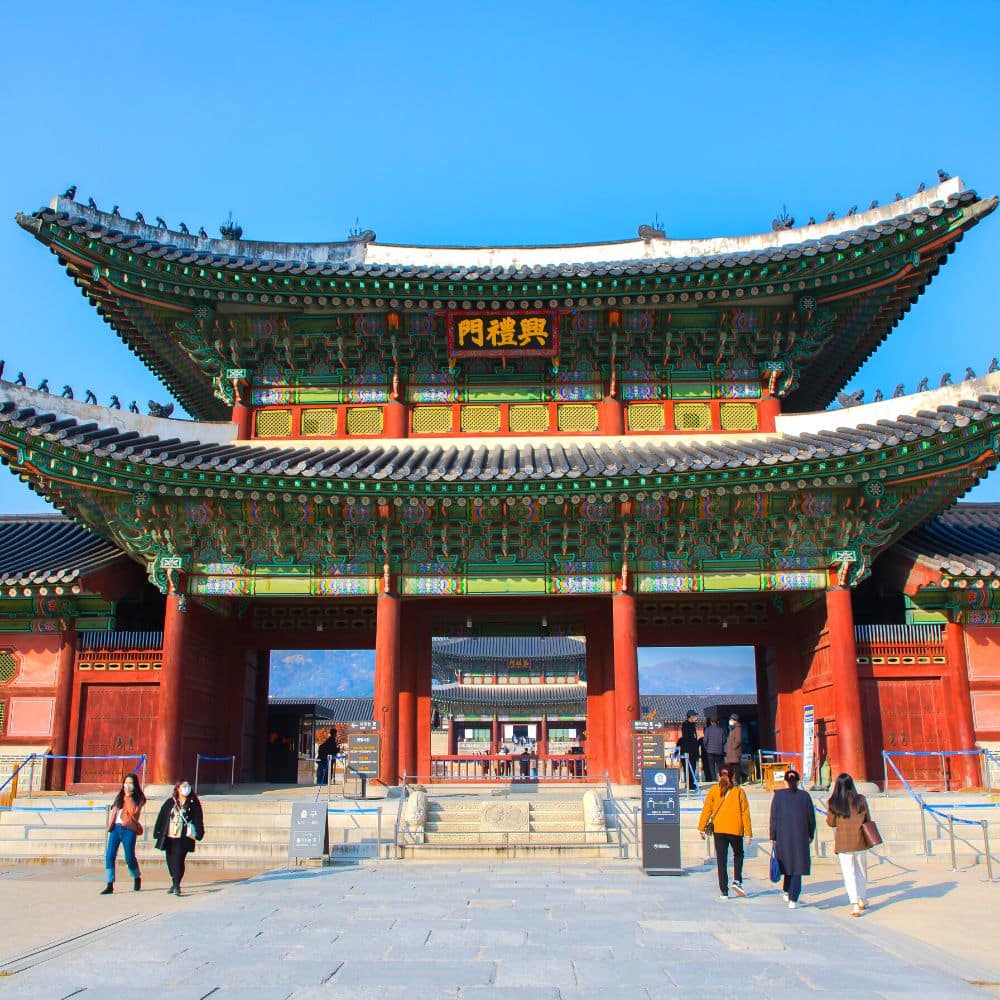
As mentioned earlier in this South Korea Travel Guide, buying a Discover Seoul Pass is a great way to save money on Seoul’s premium attractions.
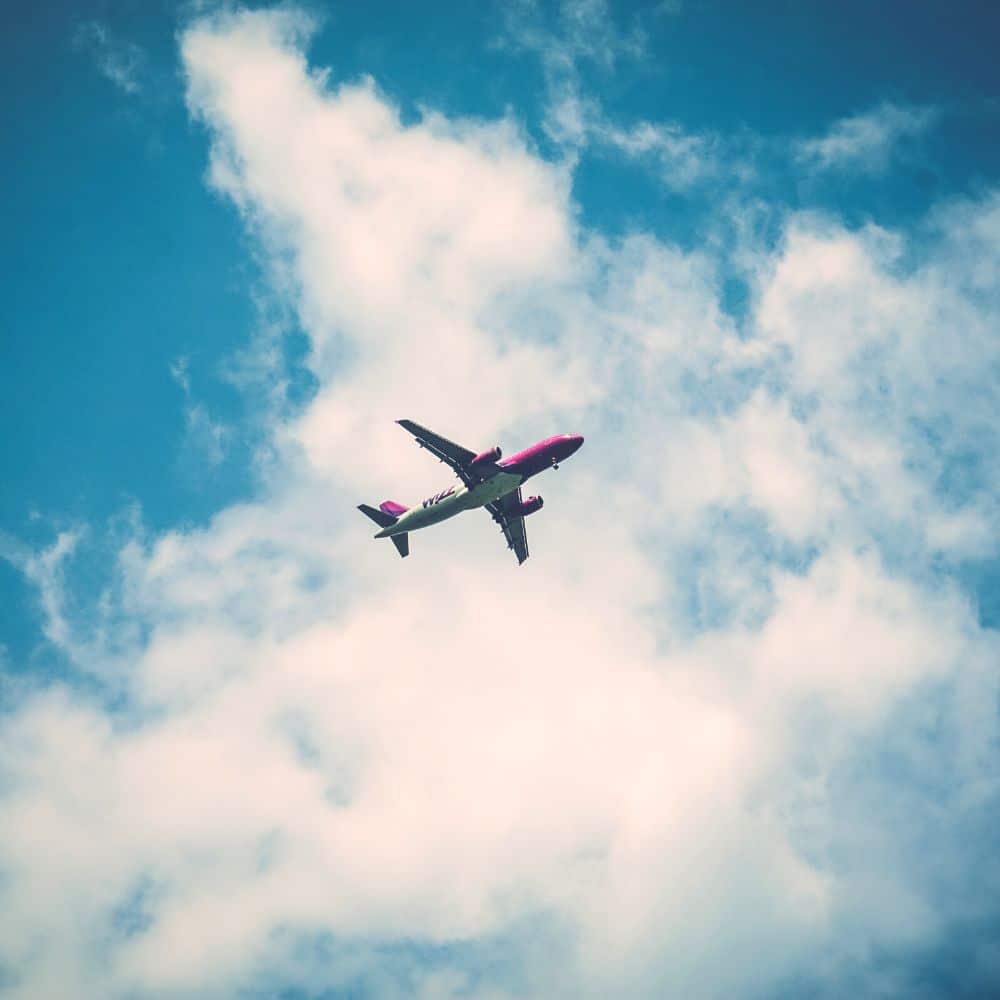
The cost to fly to Korea is more than twice the normal price right now. Fortunately, Korea ended the restrictions on the number of flights into the country from June 2022 and flight costs and availability should be improved in the near future.
Best of Korea recommends Skyscanner and Expedia for the best flight deals to Korea.

Why Travel To South Korea?
In recent years, travelers from around the world have been increasingly drawn to South Korea. The country is a must-see destination in Asia, with more than 17 million travelers in 2019. After reading this South Korea Travel Guide, you’ll understand what draws so many people to the Land of The Morning Calm, as Korea is also known.
There are myriad reasons why people visit Korea. Many come to experience life in a unique country, packed with historical and cultural sights that you won’t find elsewhere in the world. In the afternoon you can walk through a royal palace dressed in hanbok (traditional Korean clothes), sip green tea in a hanok (traditional Korean house), and pass Buddhist monks walking peacefully through an ancient temple.
Modern South Korean culture is conquering the world, with chart-topping acts that include BTS and Black Pink, Oscar-winning movies like Parasite, and phenomenally successful TV shows like Squid Game. This brings in legions of fans flocking to shooting locations and film sets to relive their favorite K-Culture moments. Some lucky travelers even get to catch sight of their favorite K-Stars walking around Gangnam, a hotspot for Korea’s most famous citizens.
Not only is Korea a beautiful country, it’s a country that will make you beautiful, with some of the world’s best fashion and beauty shops. Korea is famous for its K-Beauty products and is a beauty and fashion shoppers paradise. From the street fashions of Hongdae, to the luxurious fashion malls of Gangnam, and the wall-to-wall malls with discount clothes in Dongdaemun, you’re guaranteed to find something you can’t resist at a great price. If you prefer a cultural shopping experience, there are traditional markets all over Korea, where you can experience street food, buy novel gifts, and see how locals live and socialize.
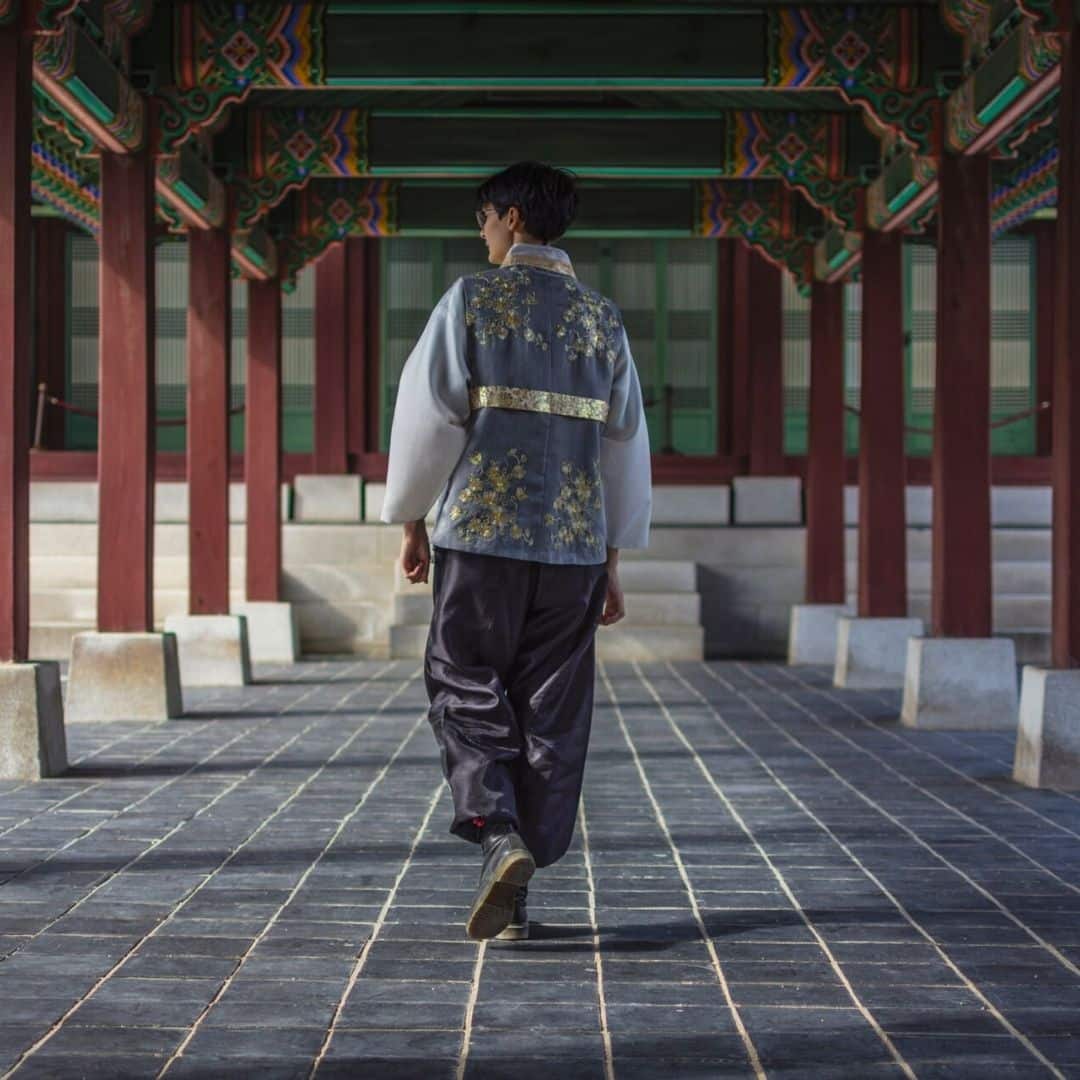

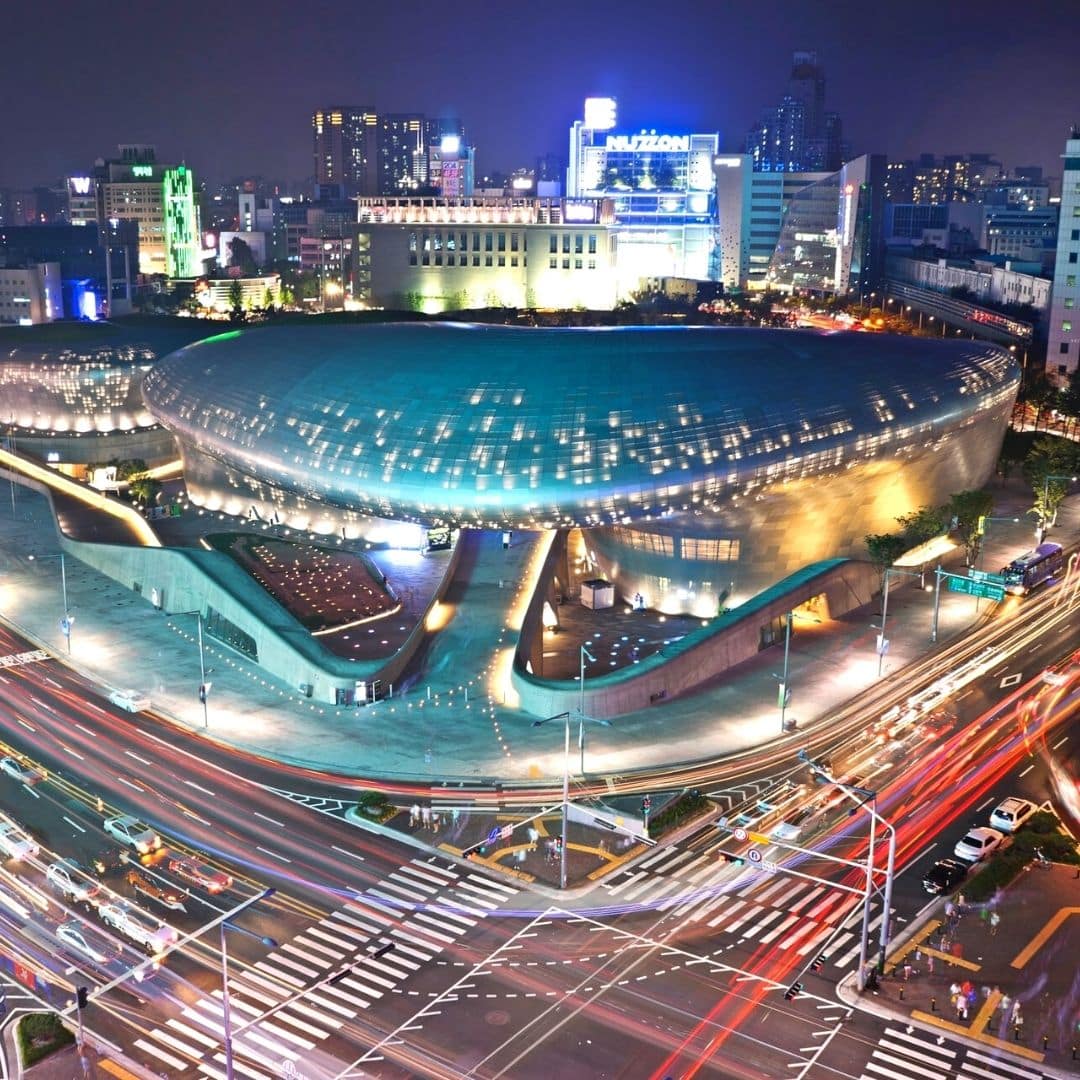
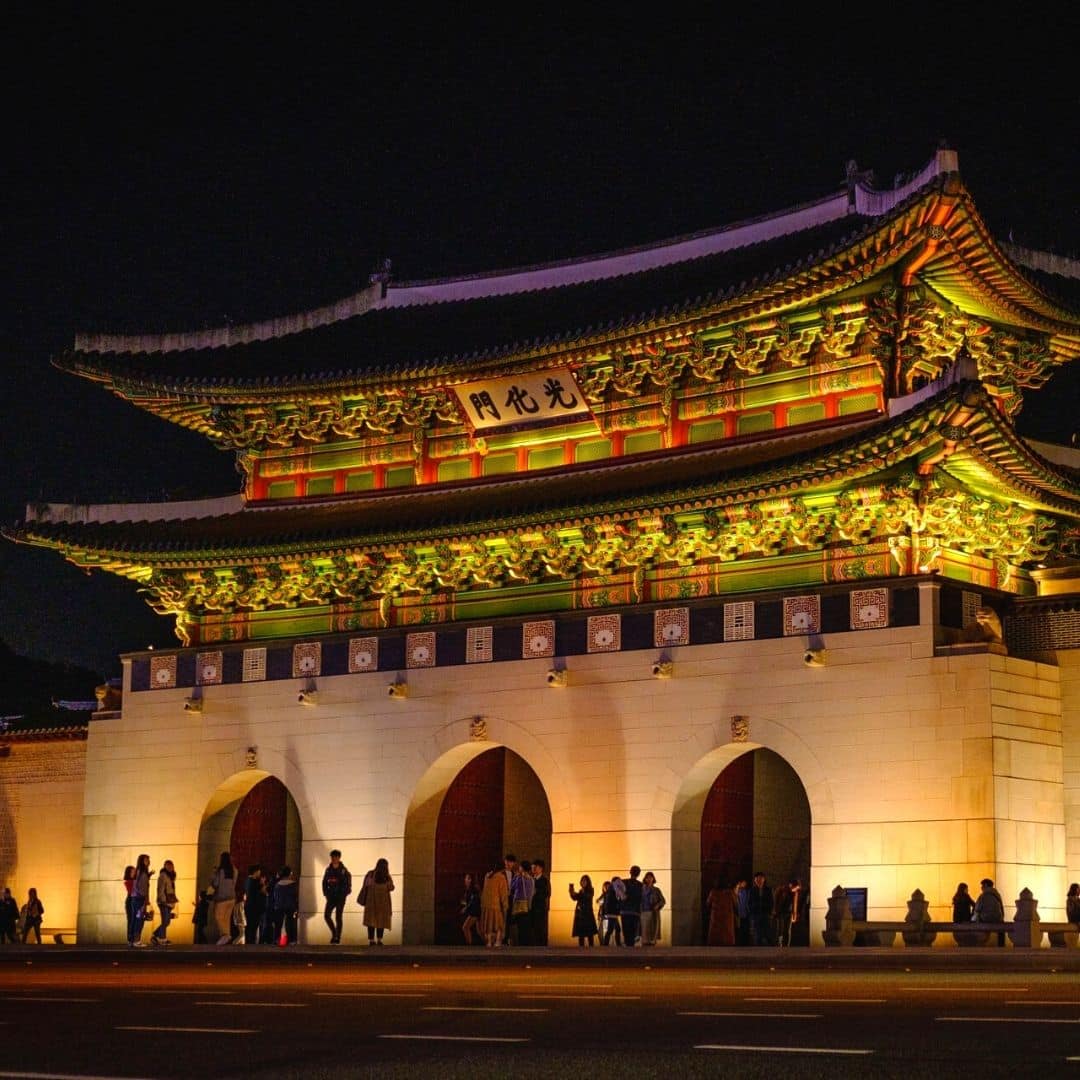
There’s so much more to South Korea than what you’ll find in the cities, however. South Korea, a country that’s 70% mountainous with coasts on three sides, offers so much to nature and adventure lovers. Hiking, South Korea’s national pastime, is a popular way to see more of the Korean countryside, looking down over rice fields, forested valleys, and pockets of urbanization. Skydiving, parasailing, scuba diving, water sports, cycling, rock climbing, white water rafting, and lots more are on offer and very reasonably priced. South Korea is a great place to enjoy the great outdoors.
The real jewel in South Korea’s natural crown, however, has to be Jeju Island – one of the New 7 Wonders of the Natural World. Explore lava caves, hike to the peak of the central dormant volcano (Hallasan Mountain), trek around the rugged coast, relax on a sandy beach in a modern cafe, and even try your hand at horse riding.
Whatever your reason to travel to South Korea, you’re sure to find more and more reasons to return again and again. Let this South Korea Travel Guide whet your appetite for your first trip, inspire you to plan a follow-up trip, and guide you to the best things to see and do in South Korea.

South Korea Travel Guide FAQs
Not sure about the South Korea travel restrictions and want to know more about visas, vaccinations, and what the rules are? This next section covers some of the most frequently asked questions about traveling to Korea now. If you have more questions that aren’t covered below, feel free to write to us on the Best of Korea Facebook page.
Do I need a visa to travel to South Korea?
US citizens and tourists from 111 other countries, including Canada and Mexico, don’t need a visa to travel to South Korea. The US government and South Korea have a visa-free travel arrangement and tourists can stay for up to 90 days.
What happens when I arrive in South Korea?
From September 2022 onwards it is no longer necessary to provide any vaccination status or take any PCR or RAT tests. A mandatory health check will be required, but this is only a simple form you can fill in on arrival.
What happens if I get a positive PCR result?
If you test positive for COVID-19 while in Korea, you will need to quarantine for 7 days at government facilities. Travelers who break the quarantine rules are subject to deportation or fines.
Can I travel to Korea if I'm unvaccinated?
Yes, you can still travel to South Korea if you’re unvaccinated. South Korea no longer restricts travel based on vaccination status (as of October 2022).
However, if a traveler (vaccinated or unvaccinated) tests positive for COVID-19 in Korea, they will have to self-quarantine until negative.
South Korea is a dynamic and culturally rich country that deserves a place on everyone’s travel bucket list. Known for its stunning blend of tradition and modernity, Korea features futuristic technology, bustling markets, and a thriving pop culture scene. Perhaps most importantly, visitors can expect a high level of safety and cleanliness while exploring the country and savoring its delicious cuisine.
This South Korea Travel Guide shows you where to go, what to see, and when to travel. Start your journey with itinerary ideas and pre-travel tips, the best day trips, and lots more essential Korean travel advice. Let’s go!
Latest Travel Updates
6/1/23 From June 1st, 2023, there is no longer any mandatory quarantine for COVID-infected people in Korea – both locals and travellers. The Korean government now recommends that infected people showing symptoms should self-isolate (voluntarily) for 5 days.
4/1/23 From April 1st, 2023, travelers from the USA and 21 other countries no longer need to apply for the K-ETA to travel to Korea. This will run until 31st December, 2024 and is designed to make it easier to travel to Korea.
3/20/23 From March 20th, 2023, the indoor mask mandate has been removed for public transport, including buses, trains, subway, taxis, and flights. The only remaining mask mandate is for medical facilities, including hospitals, care homes, and pharmacies.
How To Travel To Korea
Current Travel Restrictions For South Korea 2023
If you’re suspected of infection when you arrive (high temperature, feverish signs), you may be asked to take a PCR test. PCR tests are now free for travelers suspected of being COVID-19 positive within the first 3 days of arrival. This South Korea Travel Guide is regularly updated with the latest Korean travel restrictions.
Requirements To Travel To Korea
Here’s a simple 2-step guide about how to travel to Korea right now. Most restrictions have been lifted so travel to Korea is easier than ever. This applies to travelers from the US, Canada, and many other countries. As mentioned, it doesn’t matter whether you’re vaccinated or not.
Check the Korean Embassy if you’re not sure in either situation.
- If you’re not sure where to stay, check out our guide to the best hotels in Seoul . You can find our recommendations for the best luxury, mid-range, and budget hotels in Seoul, as well as long-term apartments that you’ll love.
- For the best flight deals to South Korea, Best of Korea recommends Skyscanner and Expedia. You can find the cheapest prices and most convenient flights and buy the one that suits you best.
- For the best hotel prices in Seoul, Best of Korea recommends Klook 0r Agoda – they cover most hotels in Seoul and the rest of Korea and offer great prices without hidden fees.
- When you travel to Korea, you will be asked to complete a self-check health questionnaire to show you’re not sick. You can do this when you arrive or complete it before you depart on the Q-Code website.
- You don’t need to do any testing before you fly, but it is a good idea to take a self-test to make sure you’re safe. If you’re infected in Korea, it’s necessary to do 7 days self-quarantine. You don’t need to bring copies of your vaccination records but printing a copy of the K-ETA is recommended.
- Before you travel to Korea, it’s a good idea to order an eSim card, regular sim card or portable WiFi router to collect at the airport so you’re connected as soon as you arrive. You can change a small bit of money before you travel, but you can also use the airport ATM to get some Korean won.
- There are large differences in exchange rates so you will need to do some comparing before you exchange a large sum of money. You can exchange USD to KRW easily at banks or money exchange shops in all major tourist areas like central Seoul (Myeongdong and Namdaemun are good places but the Coex Center also offers money exchange. You can also negotiate the exchange rate with the vendor if you think it is too high.
- You can withdraw cash from bank ATMs. Alternatively, use a pre-paid travel card like the one offered by Wise, which allows ATM withdrawals and payments and works perfectly in Korea.
- Don’t forget to bring a travel adapter for your electronics and leave plenty of extra space in your suitcase for the many Korean souvenirs and goodies you’ll buy on your tri
Do US Citizens Need A Tourist Visa?
No, travelers from the USA don’t need a tourist visa to enter South Korea. You can visit for up to 90 days visa-free. However, you must apply for the K-ETA before traveling and upload your travel plans and hotel details.
Current COVID-19 Rules In Korea
Most COVID-19 rules in Korea have been dropped and now there are only 2 main rules to be aware of. First, face masks are mandatory when visiting medical facilities (hospitals). There is no longer a 7-day mandatory quarantine for people in South Korea. If you’re infected with COVID, the Korean government recommends a 5 day self-quarantine, but it’s not enforced. Travelers to Korea should follow the current restrictions or may be liable for fines or deportation.
Korean Tourism Support Hotline
If you have any concerns or problems when traveling in Korea, you can call 1330. This is a dedicated tourism support hotline where trained specialists provide tourist assistance and is available in Korean, English, Japanese, Chinese, Russian, Vietnamese, Thai, and Malay.
US Government Travel Advisory For Korea
The U.S. Department of State currently has a level 1 travel advisory (Exercise Normal Precautions) for the Republic of Korea (ROK). Find out more about current travel advisories for South Korea on the Department of State website.
6 Best Destinations In Korea
South Korea is truly a country of contrasts. From the bustling, modern city of Seoul, with cutting-edge designer buildings, VR labs, and AI robots, to peaceful UNESCO World Heritage cities like Jeonju and Gyeongju, there are many unique places to explore.
Choosing the best destinations to visit in Korea can be a challenge, especially if you don’t know what there is to see. You might not have heard of some of these destinations, which is not surprising. Korea is a country of undiscovered wonders that are waiting to be found.
There’s nothing worse than coming back from vacation and hearing about incredible places you missed that you wished you’d seen, such as a beautiful Buddhist temple by the beach (Haedong Yonggungsa Temple) or a leafy island getaway where deer and rabbits roam freely (Nami Island).
Here are 6 of the best destinations in Korea that you absolutely must visit, as well as some of the sights you’ll want to check out while you’re there. We’ll be bringing you lots more detailed destination guides in the future, so be sure to visit again soon
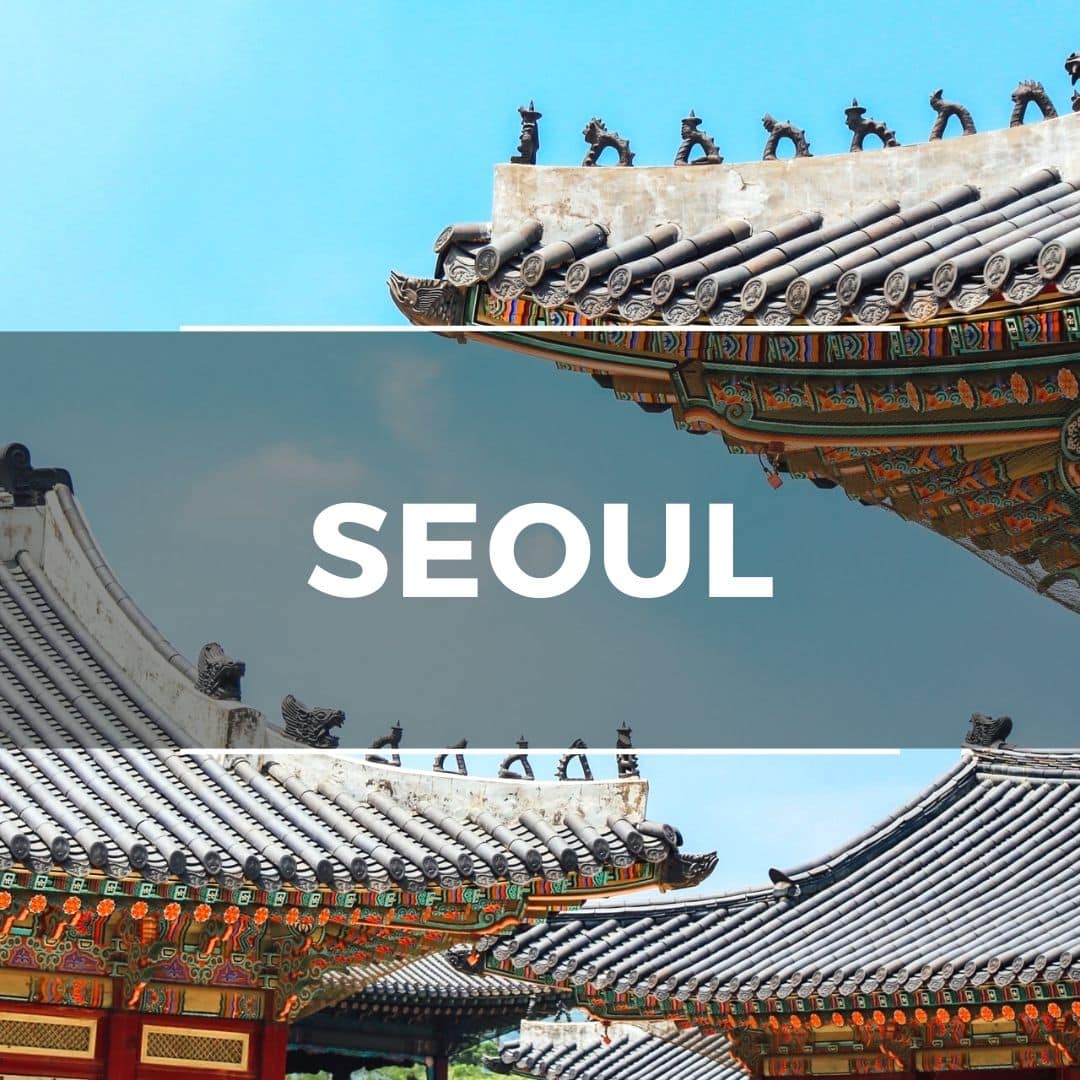
Korea’s Busy Capital
Seoul is Korea’s largest city, capital, and first, stop for most travelers to Korea. There are many beautiful places in Seoul, including landmarks, relics from ancient kingdoms, towering skyscrapers, Buddhist temples, Michelin-starred restaurants, and some of the best street food you’ll find in the world. If you see only one city in Korea, you should definitely visit Seoul.
You’ll never be bored in Seoul. Whether you’re traveling as a family, as a couple, or by yourself, there’s so much to do. Be sure to plan lots of time to check out Korea’s capital.
This Full Day Tour of Seoul will show you some of the hottest spots in the city, while this Customized Private Tour of Seoul will allow you to choose where to go.
Here are 10 of the best Seoul attractions:

Korea’s Second City
Busan, Korea’s second city, is a thriving port city far away from Seoul both physically and culturally. This popular summer destination features some of Korea’s most popular beaches and bars. Explore Busan and you’ll find sprawling markets, fresh seafood, film festivals, the world’s largest shopping mall, coastal temples, and lots more.
Busan is a city with some very photogenic sights. See the sunrise on the beach, hike around leafy coastal streets on the side of cliffs, and marvel at the wide range of (living!) seafood in the markets.
This Full Day Tour of Busan will show you the best beaches, markets, and local sights, while this Customized Private Tour of Busan will allow you to choose where to go.
Here are 10 of the best Busan attractions:
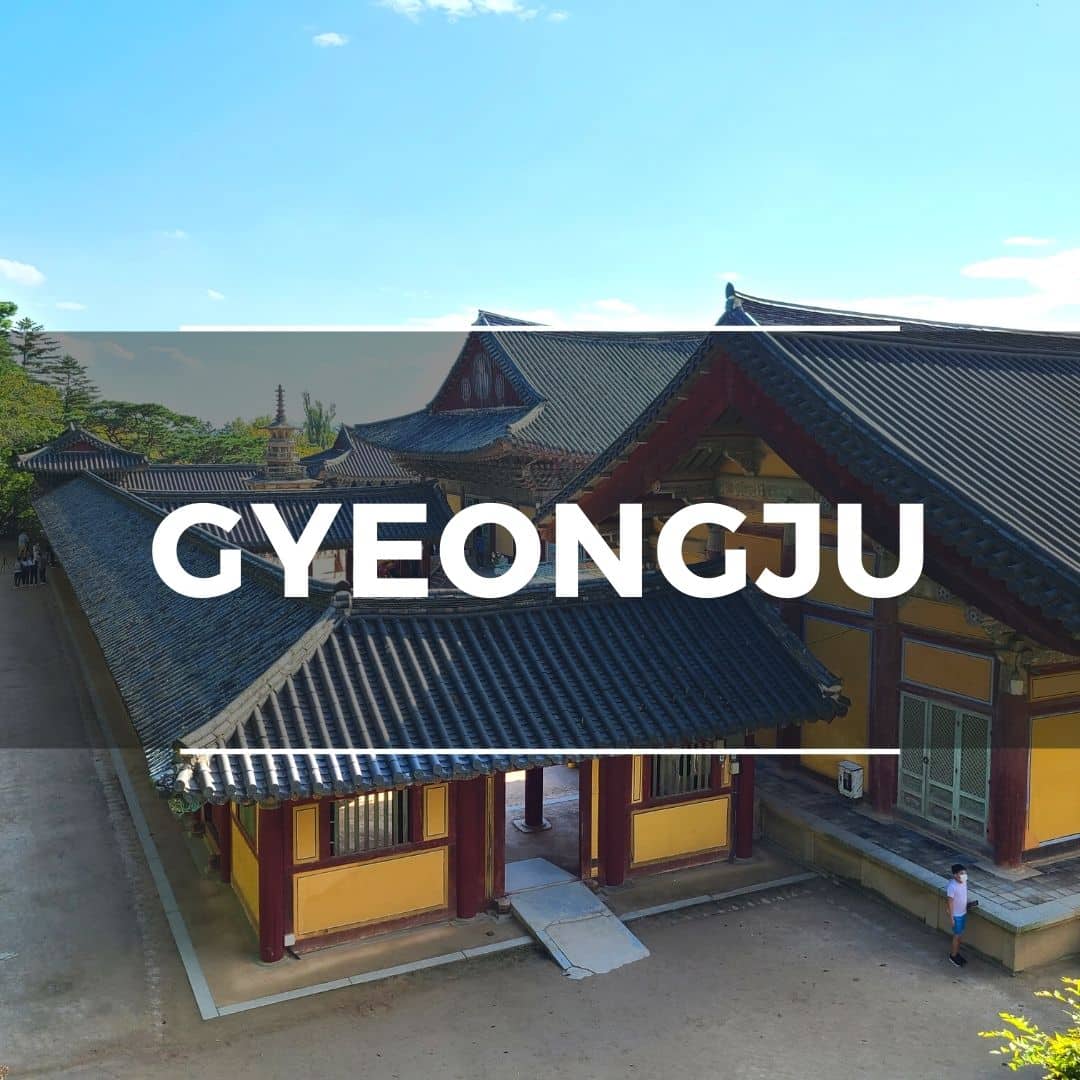
UNESCO City
Gyeongju is the former capital of the Silla Kingdom, part of the Three Kingdoms part of Korean history. These days, Gyeongju is an open air museum housing Korea’s finest history and monument. This UNESCO World Heritage City is a must-see for those who want to learn more about Korea’s deep cultural past.
Gyeongju is packed with temples, palaces, historical sights, and monuments. But it’s not just the history that draws the crowds, the city is an area of natural beauty, lined with cherry blossoms and shadowed by misty mountains.
This Full Day Tour of Gyeongju from Busan will take you around Korea’s open-air museum city, showing the top UNESCO sites along the way, while this Customized Private Tour of Gyeongju will allow you to choose where to go.
Here are 10 of the best Gyeongju attractions:
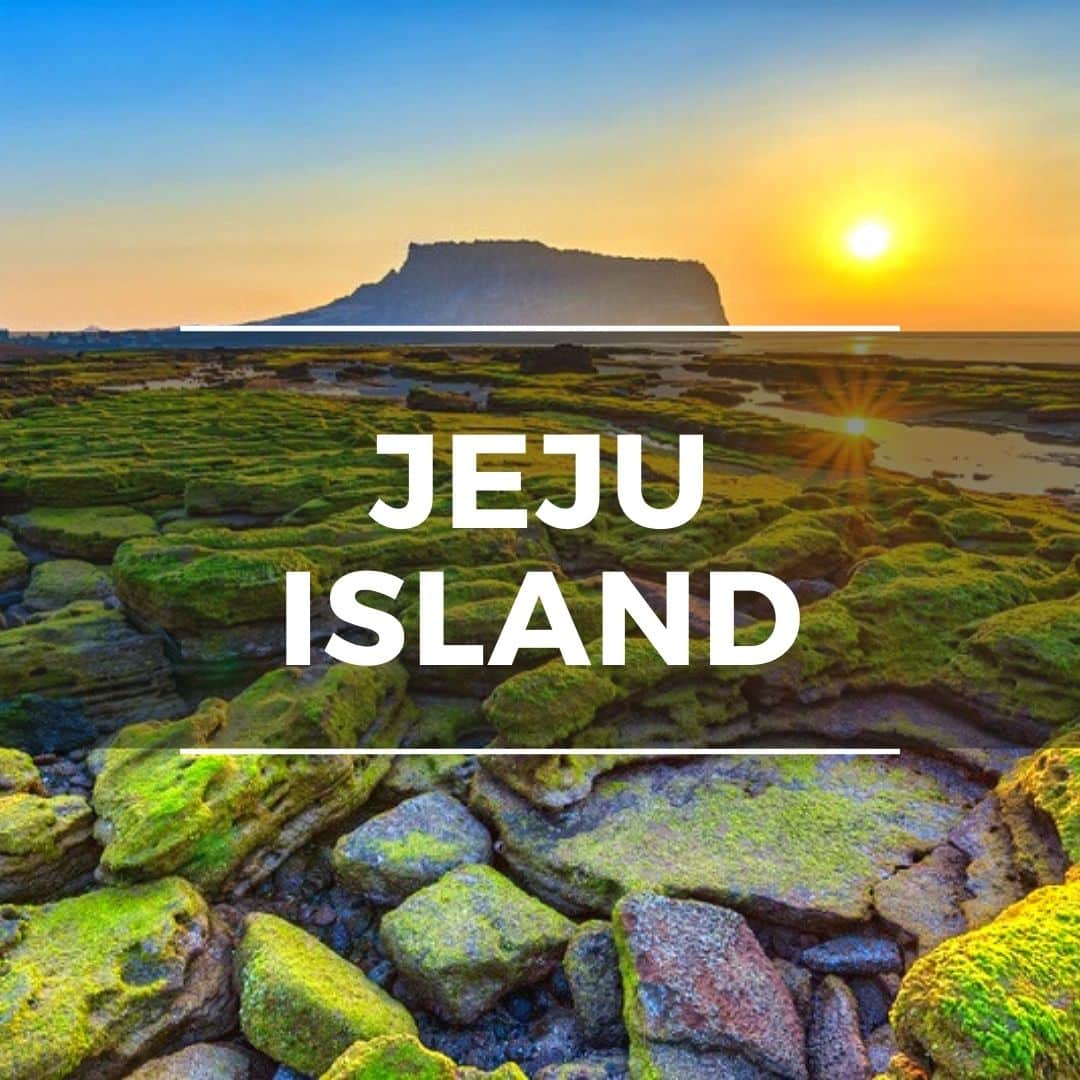
Natural Wonder
Jeju Island is Korea’s semi-tropical island that’s a popular vacation destination for locals and tourists alike. This area of outstanding natural beauty offers up rugged coastal walks, sandy beaches, green hills, and a volcano to hike up for those who enjoy a challenge. Culture and cafe lovers will also find Jeju Island a charm.
From snorkelling under the sea, to hiking above the clouds, sampling Jeju’s black pork BBQ, and drinking local green tea, there’s so many exciting activities, sights, tastes, and experiences waiting for you on Jeju Island.
This Full Day Tour of Jeju Island will show you some of the most incredible UNESCO World Heritage sites on Jeju’s East Coast, while this Customized Private Tour of Jeju Island will allow you to choose where to go.
Here are 10 of the best Jeju Island attractions:
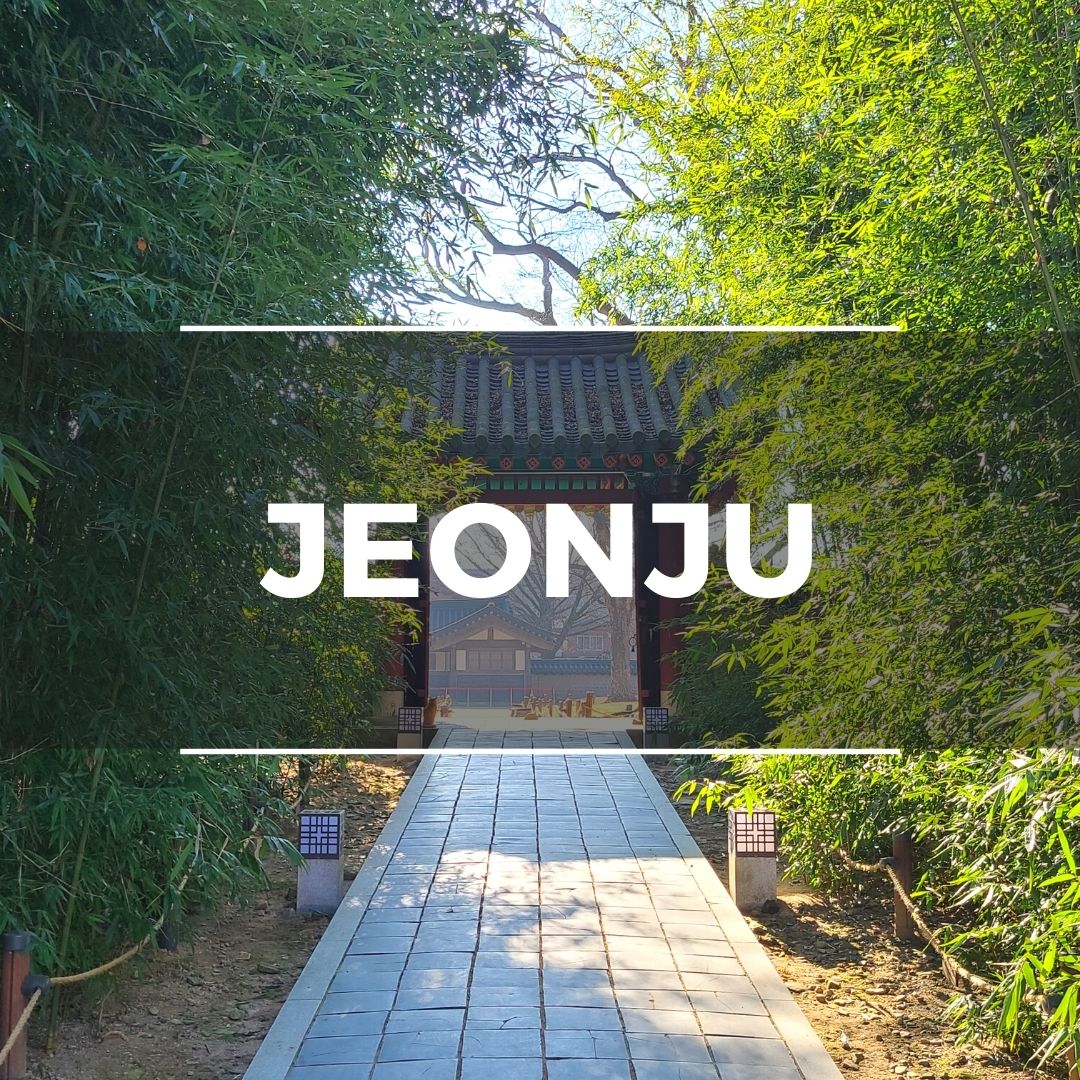
Traditional Korea
Jeonju is famous for its historical and cultural sights, including the sprawling Jeonju Hanok Village, packed with more than 700 traditional hanok houses. Jeonju’s many impressive sights are close to each other and perfect for a day trip from Seoul or Busan. You can even stay overnight in one of the traditional houses.
Jeonju is a tourist hotspot so there are plenty of things to keep travelers entertained and places to experience traditional Korean food and drinks. Be sure to check out the Jeonju bibimbap, one of Korea’s national dishes. Rent hanbok (traditional clothes), take lots of pictures, and see the sights.
This Full Day Tour of Jeonju will show you around the beautiful hanok houses and traditional Korean restaurants, while this 2-Day Tour of Jeonju includes an overnight stay in a hanok and lots of delicious Korean meals.
Here are 10 of the best Jeonju attractions:
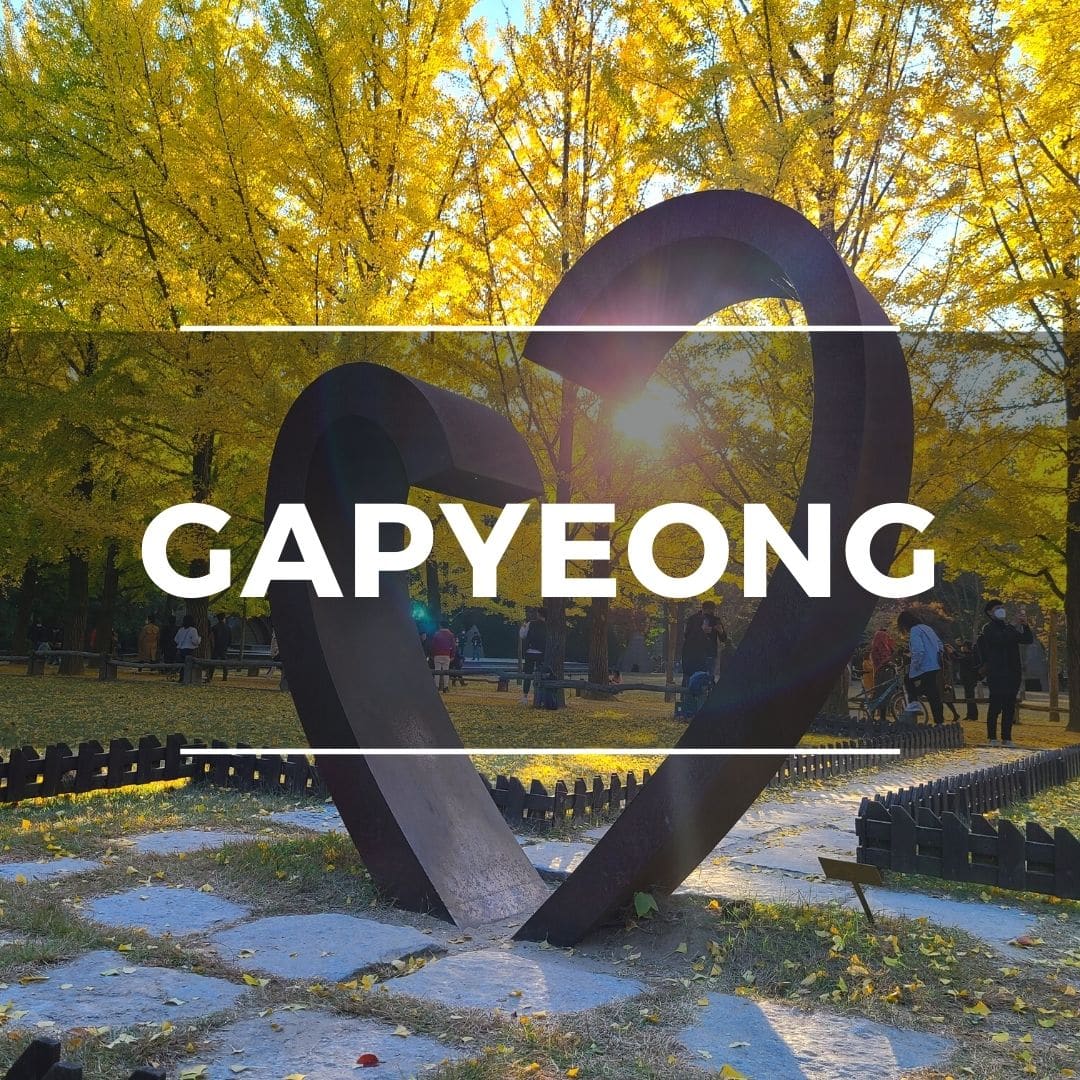
Rural Attractions
Gapyeong County is an area just outside of Seoul that’s home to several interesting attractions celebrating Korean and foreign culture. The lush green hills and blue rivers of Gapyeong make it a great place to immerse in Korean nature.
You’ll find some of the hottest day trip locations here. Explore Gapyeong County on a day trip from Seoul. You can see romantic tree-lined streets and cafes on Nami Island, explore one of Korea’s most beautiful gardens, take a trip to Petite France, and enjoy cycling through the hills on an abandoned railway track.
This Full Day Tour of Gapyeong will show you around Nami Island, Garden of Morning Calm, and the Rail Bike Park.
Here are 10 of the best Gapyeong attractions:

There are loads of locations to visit in Korea that make for a perfect day trip from Seoul. Hop on a coach, train, or tour bus in the morning and explore one or more of these unique destinations.
Here are 10 of the best day trips from Seoul to discover on your next journey to Korea:
Most travelers to Korea arrive at Incheon Airport and then travel into Seoul (it’s only 40 minutes away) to begin their journey. Seoul is certainly an incredible place to start traveling, but it definitely shouldn’t be your only destination. Korea has a lot to offer, including a lot of seasonal activities and events that you should take into consideration.
Spring and fall are the best seasons to visit Korea and during these times the traditional cities like Gyeongju and Jeonju look amazing. They’re covered with cherry blossoms or fall foliage and this creates some postcard-like scenes. Gapyeong area is packed full of natural sights to enjoy, so definitely check out these areas.
If you’re visiting during summer, head towards the coastal areas, including the north-east coastal towns of Gangneung & Sokcho, or the south-east coastal areas of Busan and the nearby islands, such as Geoje, Tongyeong, and Yeosu. You’ll find lots of winter activities to enjoy in these areas.
Winter is cold and dry and, ironically, a great time to visit Jeju Island. This semi-tropical island is warmer than the mainland, but still gets snow on the mighty Hallasan Mountain. You can sit on a sunny beach one day and then hike knee-deep in snow the next. Jeju is also famous for its citrus, with thousands of tangerine trees dropping their juicy fruits in early winter.
Where To Stay In Seoul
South Korea is truly a country of contrasts. From the bustling, modern city of Seoul, with cutting-edge designer buildings, VR labs, and AI robots, to peaceful UNESCO World Heritage cities like Jeonju and Gyeongju, there are many unique places to explore.
Choosing the best destinations to visit in Korea can be a challenge, especially if you don’t know what there is to see. You might not have heard of some of these destinations, which is not surprising. Korea is a country of undiscovered wonders that are waiting to be found.
There’s nothing worse than coming back from vacation and hearing about incredible places you missed that you wished you’d seen, such as a beautiful Buddhist temple by the beach (Haedong Yonggungsa Temple) or a leafy island getaway where deer and rabbits roam freely (Nami Island).
Here are 6 of the best destinations in Korea that you absolutely must visit, as well as some of the sights you’ll want to check out while you’re there. We’ll be bringing you lots more detailed destination guides in the future, so be sure to visit again soon.

If you want the best Seoul has to offer, these luxury hotels are for you. Located in Seoul’s glitziest neighborhoods, these hotels are within walking distance of Michelin-starred restaurants, chic boutiques, galleries, museums, and the finest shopping experiences available.
Expect nothing but the best in terms of service and style at these luxury hotels. Silky soft sheets, immaculate rooms with the finest fixtures and fittings, and true 5-star service from the hotel staff. These hotels have sports, dining, and entertainment facilities to make you comfortable during your stay.
Airport transfers are available with these hotels, making your journey into and out of Seoul a breeze. Located in popular upmarket districts in Seoul, these neighborhoods have lots of local charm for you to discover, as well as allow easy access to other parts of the city with excellent transport options nearby.
Not only are these beautiful, comfortable hotels inside, but they are also located in some of the most iconic buildings or districts and provide amazing views over some of Seoul’s most interesting districts. The view from the first hotel is worth the cost alone.
Recommended Luxury Hotels In Seoul
Here are 3 of the best luxury hotels in Seoul that we recommend for an unforgettable stay in Korea’s capital:
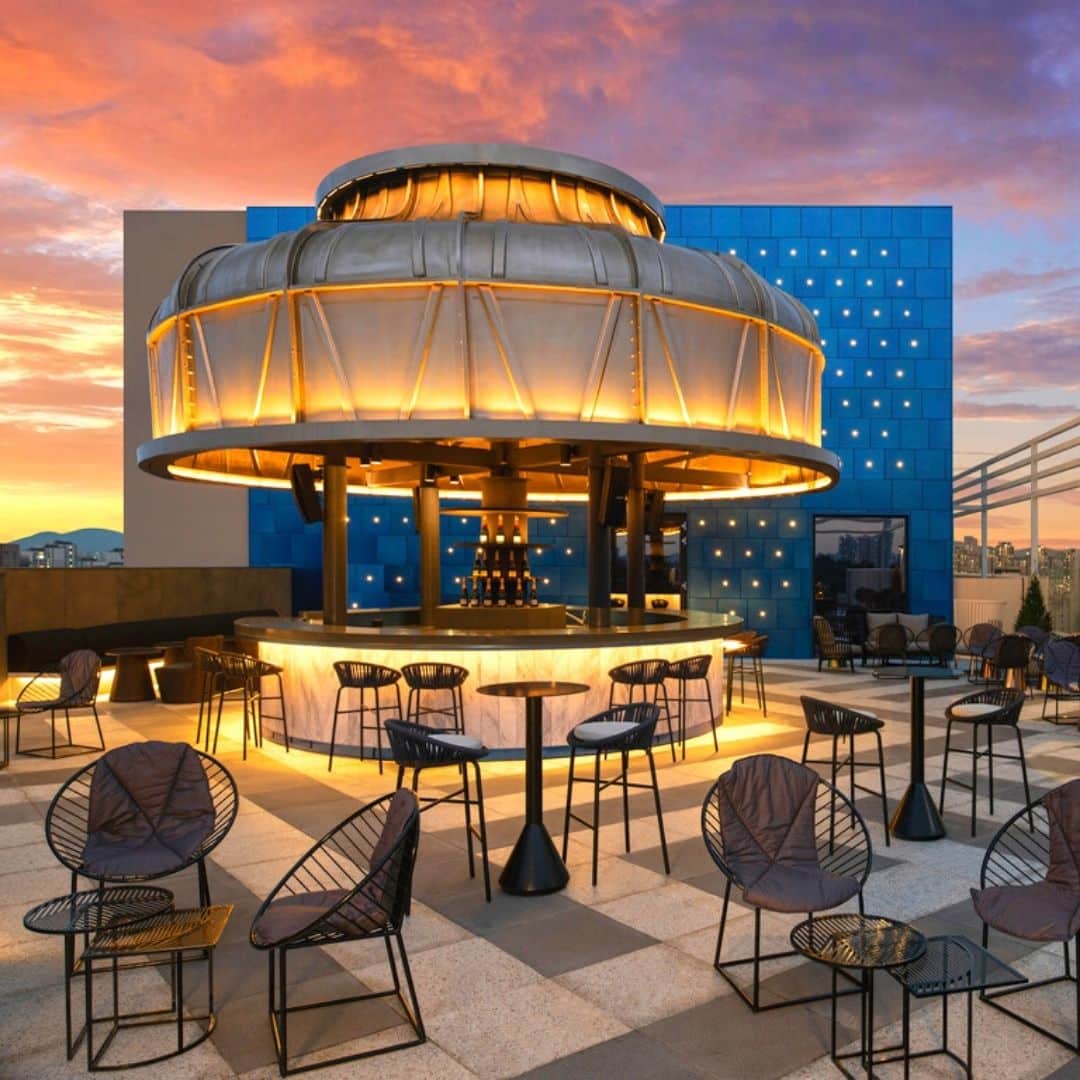
Families. couples and other travelers that want to experience the best of Seoul without breaking the bank can sleep easy with these mid-range hotel recommendations in some of Seoul’s trendy, vibrant districts, including Hongdae, Gangnam, and Myeongdong.
Encounter stylish accommodation in Seoul’s Hongdae districts, which is full of street culture and artistic scenes from the district’s eponymous Hongik University – one of Korea’s leading art centers.
Fashion lovers and shoppers will find lots to love in downtown Gangnam, with its wide streets and glassy storefronts bracketing narrow side streets and hidden delicacies.
Myeongdong is famous for its budget and mid-range accommodation options, including several hotels by the famous Lotte chain – one of Korea’s best mid-range brands.
Whichever mid-range hotel you choose in Seoul, you can be sure you’ll have fantastic city views, convenient subway access, and lots of unique cultural sights, sounds, and tastes to experience.
Recommended Mid-Range Hotels In Seoul
Here are 3 of the best mid-range hotels in Seoul that we recommend for an comfortable stay in Korea’s capital:
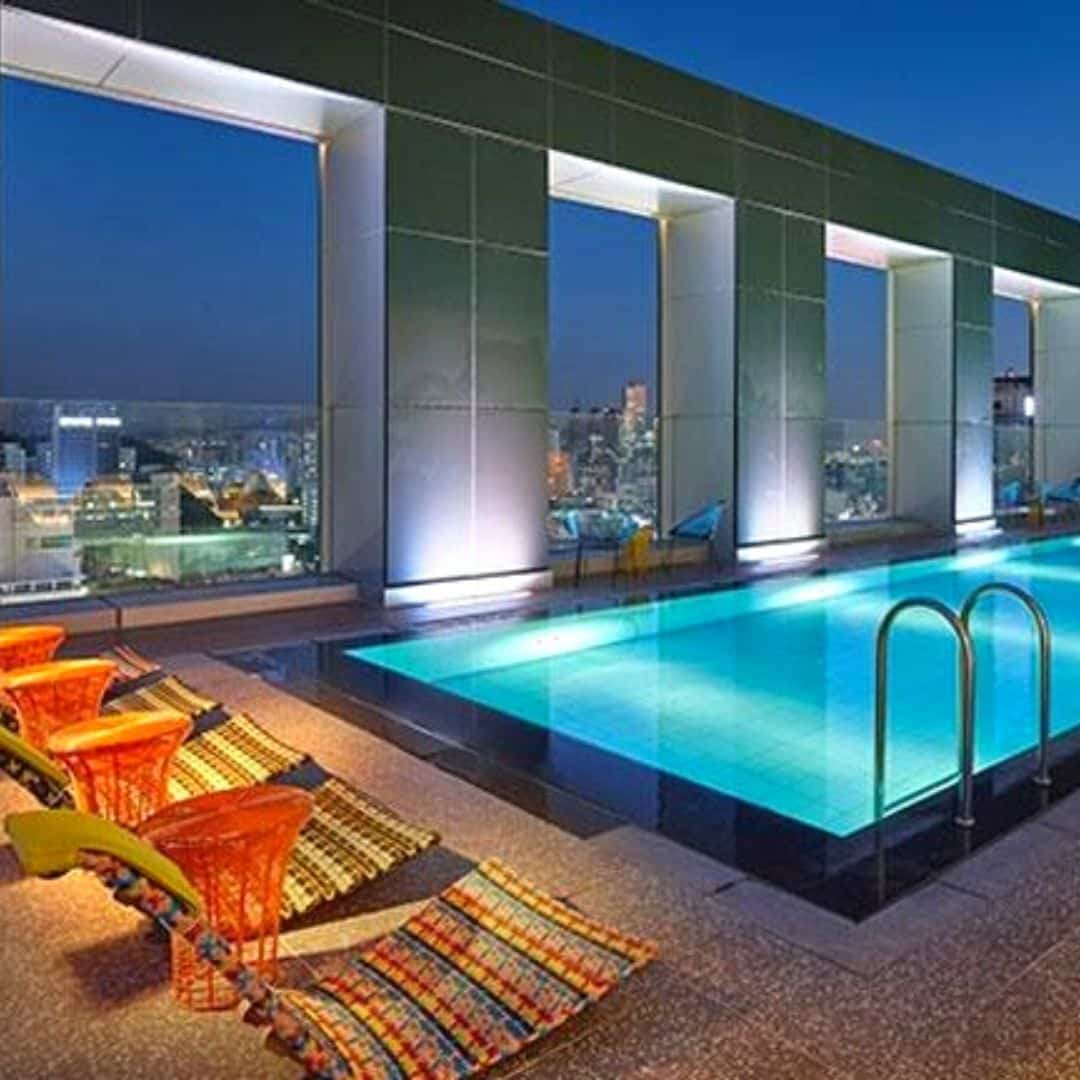
Seoul has a wealth of budget accommodation options that will help make your money go further. These hotels are all around $100 or less but offer the comfort and convenience that you’d expect to find in a mid-range hotel. One even has a beautiful rooftop pool.
Although these hotels are cheaper, don’t lower your expectations. You’ll always find great service in Korea. Save on sleeping to spend more on shopping, souvenirs, sights, and all the other fun things there are to do in Seoul.
These budget hotels in Seoul are also in great locations for shopping, enjoying local culture, and seeing the real side of Seoul and Korea. Hongdae offers bargain hunters the chance to get boutique fashion at market prices, Gangnam has plenty of cafes and cheap eats tucked away off the main avenues, and Myeongdong is a budget traveler’s paradise full of $1 street food and bargain souvenirs.
You won’t be disappointed with a night at any of these hotels. If you want to make your budget go further so you can spend more on some of the incredible day trips Seoul has to offer, definitely book a night at one of these hotels.
Recommended Budget Hotels In Seoul
Here are 3 of the best budget hotels in Seoul that we recommend for an affordable stay in Korea’s capital:
Korean Travel Tips
Korea is a unique country with a written language that looks nothing like English, interesting Korean Cultural And Etiquette Rules, and an always busy lifestyle. Travelers may be lost trying to do even the simplest things.
These travel tips include the best options for staying connected, how to use public transportation easily and cheaply, great discount cards that will save you money as you travel, where to exchange money, and how to learn some basic Korean phrases for when you travel.
These essential Korean travel tips have been crafted by experienced travelers who love to save time and money. Only the best quality services and products are recommended here.
Here are our Korea travel essentials that’ll help you get around more easily, save you money, and let you get the most out of your trip.
Plan ahead now and you’ll have fewer troubles on your travels, giving you more time to enjoy your time in Korea.
If you’re traveling to Korea, you’re almost certainly going to want to get access to the internet to help you navigate, translate Korean, or even book tickets to attractions. Korea has one of the world’s best mobile internet and the prices are very reasonable. 5G mobile internet services are available across the country and Korea was one of the first to get the super-fast service. You won’t have problems connecting with a sim card or WiFi router when you travel
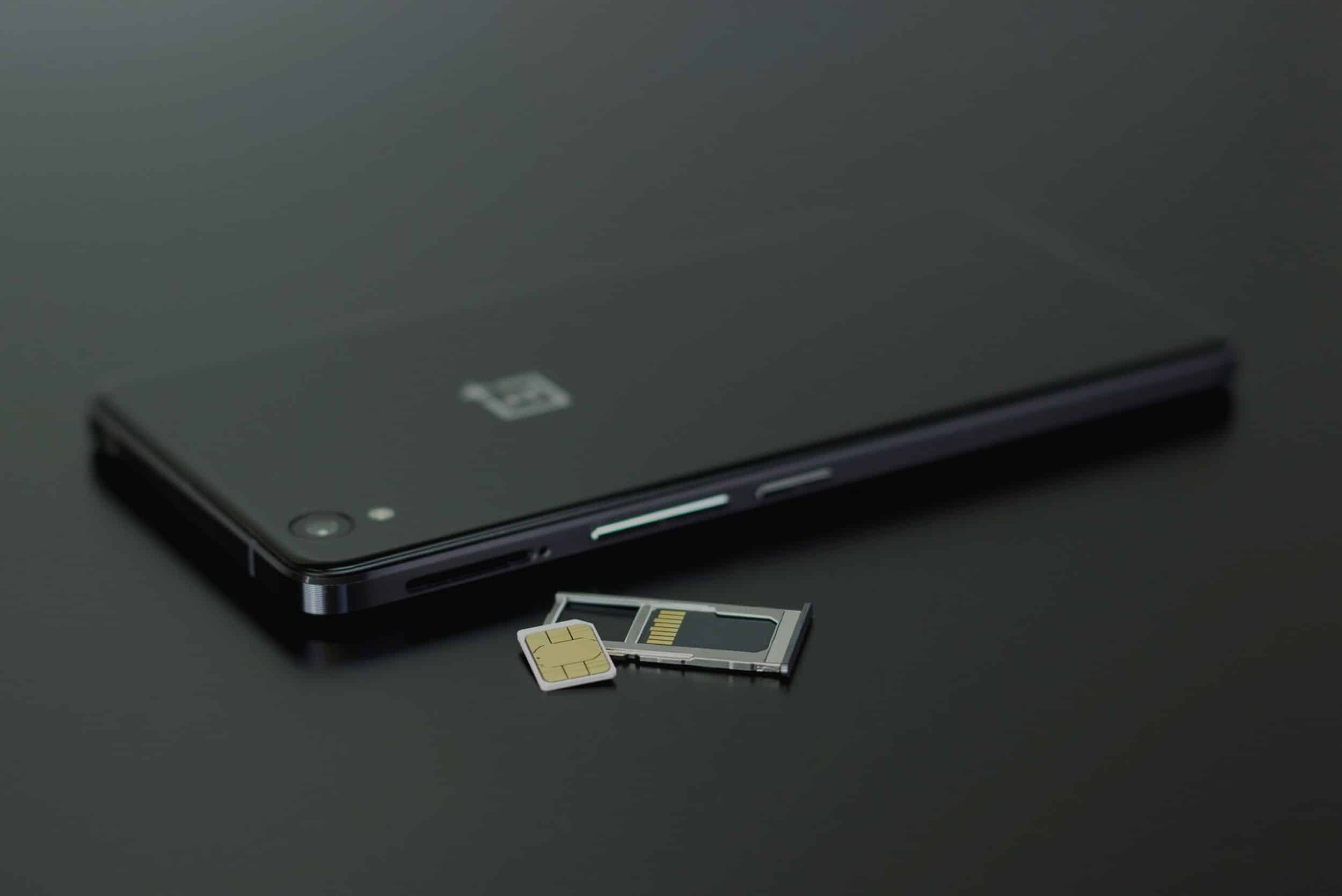
Sim Cards & Data Plans


Traveling to any country involves potential scams, bad exchange rates, mistakes, and confusion when it comes to dealing with foreign currency. Fortunately, travelers to Korea have a wide range of options for travel money both before and while they travel.

Travel Money Cards For Korea
While cash is useful and familiar when traveling, a much better option is to use a travel money card (also known as a currency card). Travel money cards, such as the Wise Travel Money Card, allow you to pay for travel expenses without the need to carry cash or convert money.
A travel money card offers the convenience of using a credit card without high fees that a regular bank could charge. It also allows you to withdraw cash from an ATM without a fee (up to a limit), so you can avoid carrying any cash on the flight or using a money exchange. The exchange rate is the mid-market rate, meaning it’s better than you’ll find even at the money exchanges listed before.
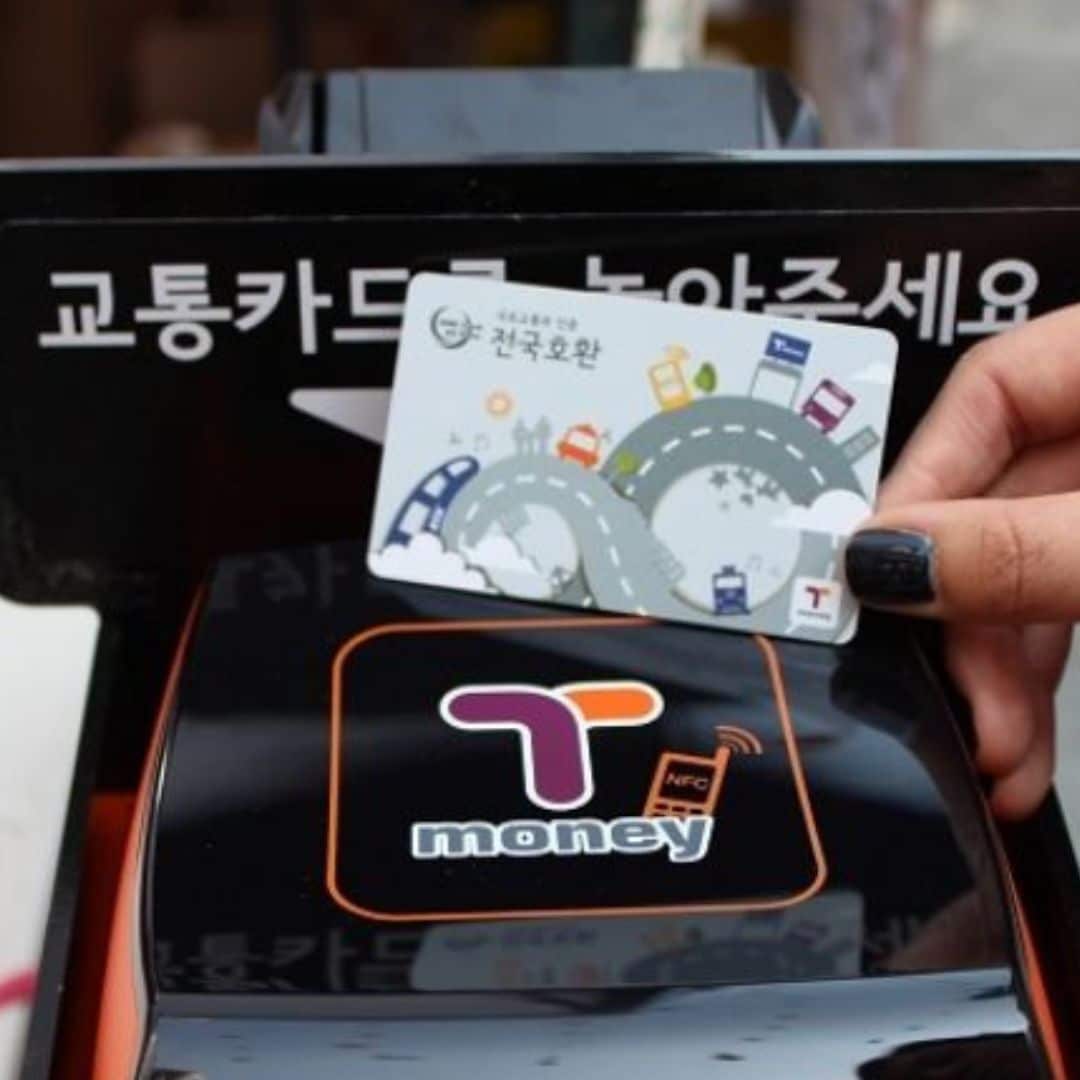
T-Money For Public Transport
The T-Money Card is an essential purchase for every traveler to Korea. The T-Money Card is a transportation card that allows contactless travel on Korea’s buses and subways. Simply buy a T-Money Card, top-up the card, then use it to travel.
Not only is this transportation card really convenient, it also saves you money. You’ll receive a discount on every bus or subway journey when you pay with the T-Money Card. These discounted fares are available in all cities across Korea, not just Seoul.
This isn’t the only use of the T-Money Card. You can also use to buy a coffee from Starbucks, get lunch in McDonald’s, shop for Korean cosmetics, and even to watch a baseball game. It’s a very useful card that can be used anywhere you see the T-Money Card.
You can get the T-Money Card in Korea from subway stations and at certain transport centers, including Seoul Station and Incheon Airport. The card costs 2,500 KRW. You can buy the card with a credit card, but to top-up the card, you need to use cash. If you buy a Discover Seoul Pass, this card includes the T-Money functions.
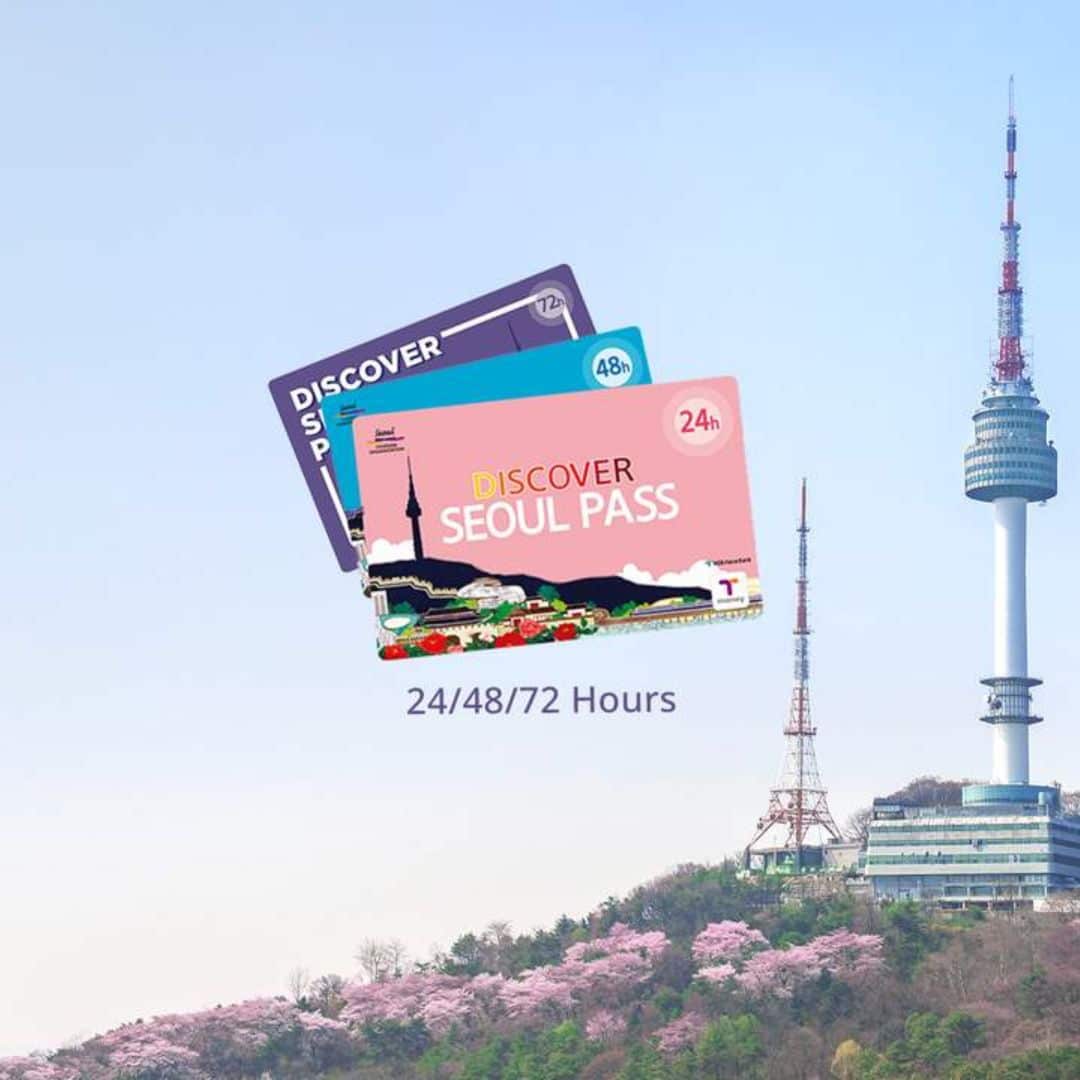
Save With The Discover Seoul Pass
Things To See & Do In Korea
If you want to build your own itinerary for South Korea, then this section of the South Korea Travel Guide will provide the building blocks you need to craft the perfect trip.
South Korea is a country packed with famous landmarks and sights, unique culture – modern & historical, family-fun activities, outdoor adventures, cozy cafe districts, and natural wonders. There’s more to do in Korea than you could imagine and it’s impossible to explore it all in one trip. Try to plan your itinerary by cities and locations. For example, plan your day in Seoul and stay by the district.
Here are some of the best things to see and do in South Korea, broken down into different themes so you can find things that interest you the most. The location of each of these attractions is included, too, so you can create a city-by-city itinerary, seeing the best South Korea has to offer.
These attractions are available all year round so whenever you go to Korea, you can enjoy them. There are plenty of things to see and do in Korea that only happen during certain seasons. Check out the Season Guide in this South Korea Travel Guide for more information about Korean festivals and seasonal events.
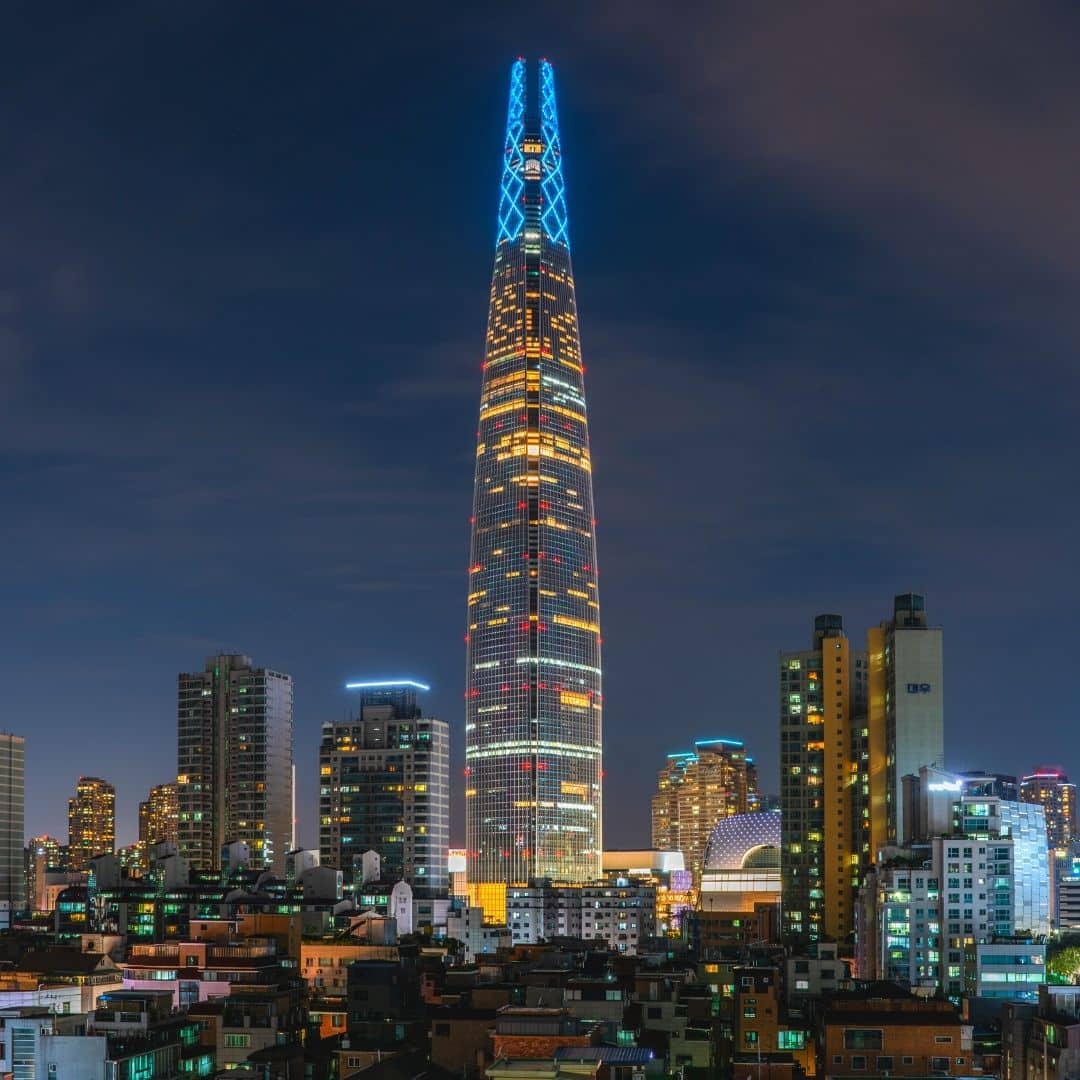
Any South Korea Travel Guide would be incomplete without thee top landmarks & famous areas in Korea. These unmissable Korean attractions offer some of the best sights in Korea, showing you Korean history, culture, design, and sense of humor.
Here are 10 of the best Korean landmarks:
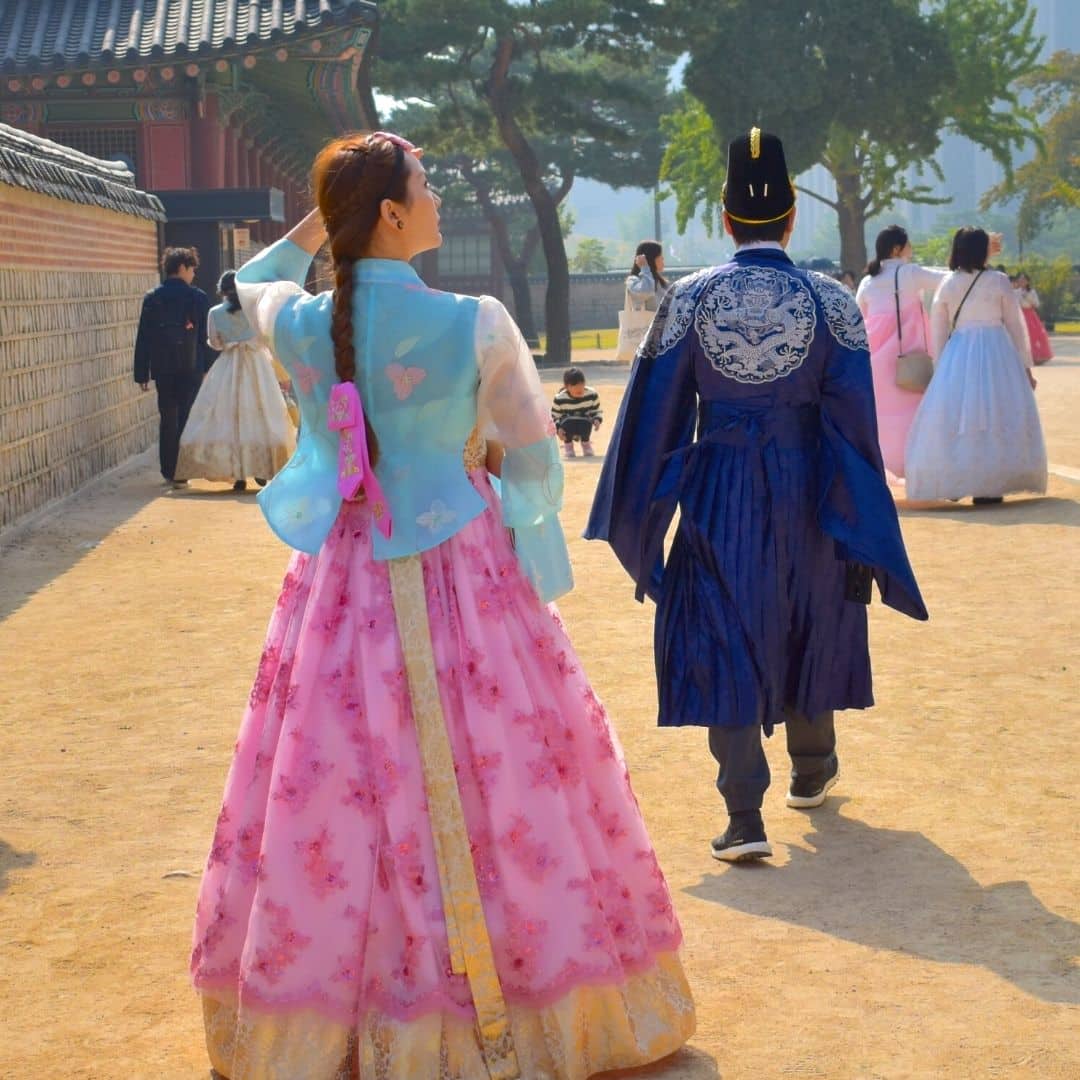
Why travel to a diverse country such as Korea and not embrace the local culture? Here are 10 of the best unique Korean experiences you can only enjoy fully in Korea. Be brave, try something new and create lasting memories of your Korean adventure.
Here are 10 of the best uniquely Korean experiences:

Learning about Korea’s past is not only enjoyable, it’ll also open your eyes to how modern Korean culture has evolved. Witness the majesty of grand palaces and the humble Buddhist temples and gain an insight into life in Korea with these fascination historical sights.
Here are 10 of the best Korean historic sights:

Are you a fan of Korean culture? Then check out these 10 modern K-Culture locations in Korea. Whether you’re ARMY or an arthouse cinema fan, you’ll love these sights. K-Drama fans, check out these K-Drama Filming Spots in Seoul.
Here are 10 of the best modern K-Culture spots:
As you’ll see, there’s just so much to see and do in Korea. You could spend a whole week in Seoul and not run out of exciting activities to do and sights to explore. Our advice is to try to avoid planning to do too many things in one day and adding in plenty of free time.
There’ll be many random things that catch your eye, such as a curious side street, or your nose, like the delicious smells from a food stall. Make sure you’ve got flexibility in your schedule to investigate these surprises and to take a rest if you need to – walking and traveling for days on end can get tiring.
Korea comes alive at night and markets and city streets are often best explored after the sun goes down. Drab concrete buildings come alive with neon signs, lanterns, and electric lights and are quite a sight to be seen. Visit popular tourist attractions such as the royal palaces and hanok villages during the morning as they’ll be less crowded.
If you plan to visit the Secret Garden in Changdeokgung Palace (you really should!), tickets are available on the day and sell out fast. Getting to these places early can guarantee you get tickets, see the sights unobstructed, and have time in the evening to soak up the night life and culture.

If you’re traveling to Korea with your family, you don’t need to worry about the kids getting bored. There are plenty of family-fun attractions in Korea to keep them amused and to show them what Korea’s really like.
Here are the 10 best family-friendly activities in Korea:

Culture lovers will find no shortage of places to learn about Korean, Asian, and world history & culture. Korea has a rich history and displays this through a range of museums. Learn about traditional life, Korean wars, the democracy struggles, and even kimchi.
Here are the 10 best museums & galleries in Korea:

Once a land of teahouses, Korea has now fully embraced coffee culture. Korea’s late-night culture makes cafes a great place to gather and chat. The rise of social media has also led to hundreds of insta-worthy cafes with photogenic decor, unusual coffee designs, and delicious desserts.
Here are the 10 best cafe areas in Korea:

Many people travel to Korea just to shop, thanks to the low prices, haggling in the markets, and good quality items. From traditional markets to high-end designer goods, there’s somewhere to shop for everyone. Be sure to try authentic Korean street foods in the markets, too.
Here are 10 of the best Korean markets and shopping areas:

Korea is a country surrounded by sea on 3 sides and 70% mountainous, giving it a wealth of natural beauty. Besides Korean cherry blossoms, flowers, and fall foliage, there are sculpted gardens, shimmering ponds, riverside parks, and a volcano to see.
Here are 10 of the best natural sights in Korea:
Travel Itinerary For Korea
When planning a travel itinerary for South Korea, it’s best to think about what kind of experience you want when you travel to South Korea and build your itinerary from that. What kind of traveler are you and what do you want to take away from your Korea trip? Are you planning a trip for yourself, for your family, or as a romantic escape?
Do you want to learn about traditional Korean culture and history? Are you visiting to immerse yourself in modern Korean culture and maybe meet your idols? Are you planning to get out into Korea’s mountains to hike and join a Buddhist Temple Stay? Or are you going to eat, drink, shop, and make the most of Korea’s discounted goods? Or all of the above?
This section of this South Korea Travel Guide will offer some of the best one-week and two-week itineraries for South Korea. These itineraries are rough guides, created to help you begin planning your trip. Feel free to pick and choose the parts from them that you like to create your own travel itinerary for South Korea. We’ll be adding more great itineraries soon, be sure to check back for the latest ideas.
Classic 1 Week Itinerary For Korea: Seoul, Busan, Gyeongju
This is one of the most popular of the 1-week itineraries for South Korea and will take you to the most famous and interesting places that are top of most travelers’ South Korea bucket lists. Starting in Seoul, Korea’s capital, you’ll explore the best sights in this city before taking a day trip out to the lovely Gapyeong County to get a breath of fresh Korean countryside air.
From day 4, zip across the whole of Korea on the high-speed KTX train and explore Korea’s second city, Busan. See coastal temples, fish markets, wide beaches, and more in Busan before taking a day trip to Korea’s historic UNESCO World Heritage City, Gyeongju. On the last day, it’s time to return to Seoul to pack your bags full of the best souvenirs and snacks and say farewell in the highest part of the city.

Morning: Explore Seoul’s historic royal palaces starting with Gyeongbokgung or Changdeokgung Palace in central Seoul. You get free entry if you’re wearing a Korean hanbok, so be sure to pick one up from the rental shops outside.
Afternoon: Dressed in your hanbok, enjoy more traditional Seoul with a walk around the narrow streets of the Bukchon Hanok Village. Visit traditional Korean teahouses, galleries, markets, and more.
Evening: Check out the stalls and shops of artsy Insadong, contemplate Jeogyesa Temple, and take an evening stroll along the Cheonggyecheon Stream before dining in Myeongdong or the Jonggak Avenue of Youth.
This Full Day Tour of Seoul will show you some of the hottest spots in the city, while this Customized Private Tour of Seoul will allow you to choose where to go.
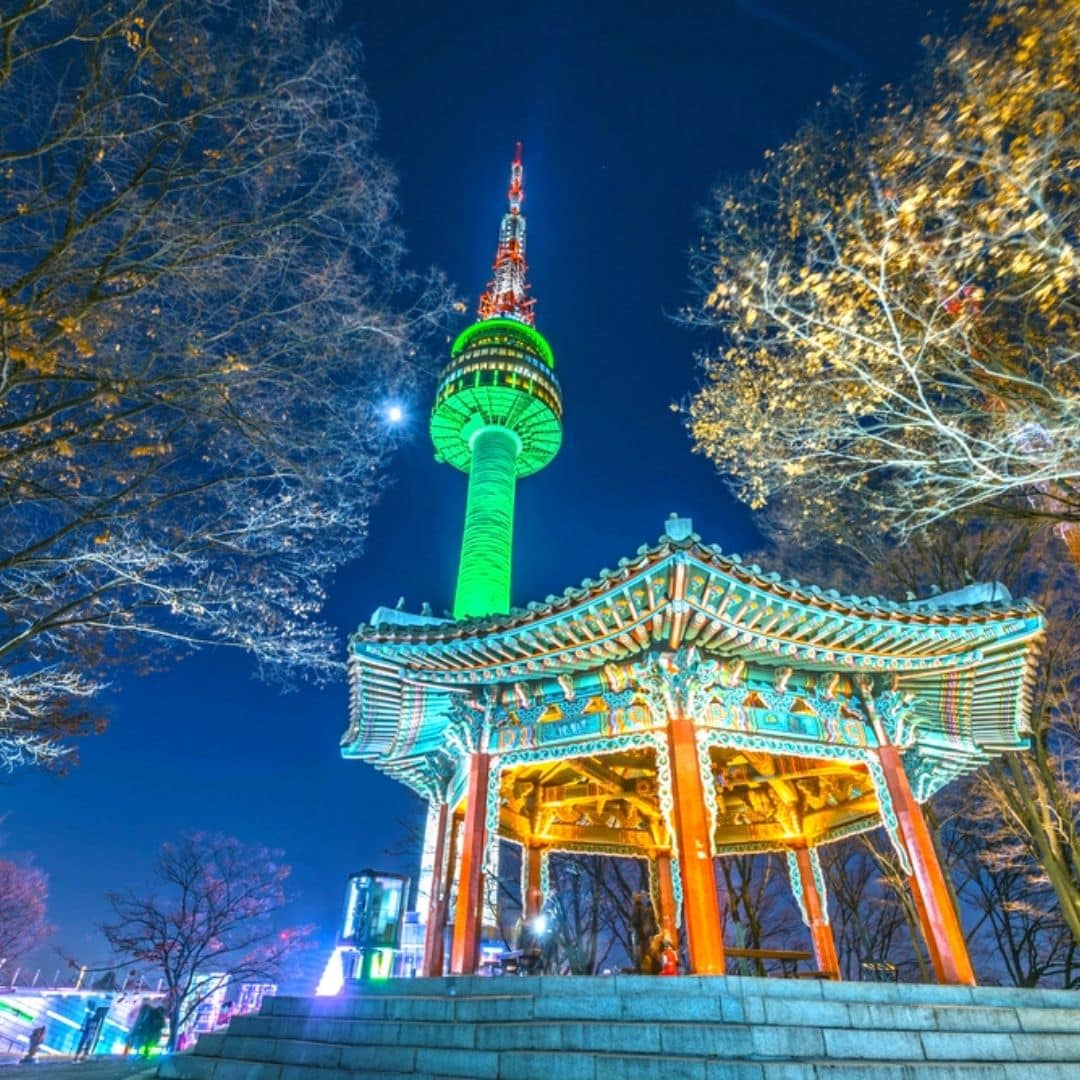
Morning: Learn about Korea’s history at the National Museum or War Memorial in Yeongsan. These fascinating museums have interactive exhibits and feature 1000’s of years of Korean history.
Afternoon: Head back to central Seoul and witness the bustling sights and delicious smells of Seoul’s traditional Gwangjang and Dongdaemun Markets. Try delectable Korean street foods here.
Evening: Take the Namsam Cable Car to the top of Namsan Mountain and watch the sunset from N Seoul Tower. See some of Seoul’s fortress walls before heading back down to go late-night shopping at Myeongdong Market.

Morning: Take a day trip from Seoul to explore Gapyeong County. See the wonders of the Garden of Morning Calm and its idyllic nature. This is one of the most beautiful gardens in Korea.
Afternoon: Zip line or sail over to Nami Island for impressive nature, bike rides, leafy walks, and cozy cafes. See popular scenes from K-dramas and even some wild animals, like deer and rabbits.
Evening: Pedal your way along an abandoned railway at the Gangchon Rail Bike Park before heading back to Seoul for fine dining in Gangnam’s Apgujeong Rodeo district.
This Full Day Tour of Gapyeong will show you around Nami Island, Garden of Morning Calm, and the Rail Bike Park.

Morning: Grab an early breakfast at Seoul Station and ride the high-speed KTX train directly to Seoul. It takes less than 4 hours and rides past rice fields, mountains, and the Korean countryside.
Afternoon: Head to the Nampo-dong near Busan Station and visit Jagalchi Market for a fresh seafood lunch. Then explore cosy Bosu-dong Book Alley or take a taxi to the Huinnyeoul Culture Village.
Evening: Take the subway up to Haeundae Beach for Busan’s best night-scenes. Grab dinner overlooking the beach, or at one of the market stalls. If you’re feeling brave, visit BUSAN X the SKY to see breathtaking views over the coast and city.
This Full Day Tour of Busan will show you the best beaches, markets, and local sights, while this Customized Private Tour of Busan will allow you to choose where to go.

Morning: Take a day trip to the UNESCO World Heritage City of Gyeongju and roam the Gyeongju Historic Area. See Daereungwon Tomb Complex and Cheomseongdae Observatory.
Afternoon: Head to the Gyeongju Gyochon Traditional Village for a traditional meal and to see the stunning Woljeonggyo Bridge. Gyeongju National Museum is nearby, too.
Evening: See the tranquil night views of Wolji Pond where palace buildings reflect perfectly in still waters. Stop at Hwangnidan-gil area for dinner and drinks before returning to Busan.
This Full Day Tour of Gyeongju from Busan will take you around Korea’s open-air museum city, showing the top UNESCO sites along the way, while this Customized Private Tour of Gyeongju will allow you to choose where to go.

Morning: Take a day trip to the UNESCO World Heritage City of Gyeongju and roam the Gyeongju Historic Area. See Daereungwon Tomb Complex and Cheomseongdae Observatory.
Afternoon: Head to the Gyeongju Gyochon Traditional Village for a traditional meal and to see the stunning Woljeonggyo Bridge. Gyeongju National Museum is nearby, too.
Evening: See the tranquil night views of Wolji Pond where palace buildings reflect perfectly in still waters. Stop at Hwangnidan-gil area for dinner and drinks before returning to Busan.
This Full Day Tour of Gyeongju from Busan will take you around Korea’s open-air museum city, showing the top UNESCO sites along the way, while this Customized Private Tour of Gyeongju will allow you to choose where to go.

Morning: Pack your bags and ride the KTX back to Seoul. Head to Hongdae for street food snacks or Michelin-starred delights in famous restaurants.
Afternoon: Explore the artistic shopping streets of Hongdae for last minute souvenirs and gifts for yourself. Take a break in one of the unique animal or artsy cafes.
Evening: Either take a night cruise along the Han River from Yeouido Hangang Park or dine in style at the Lotte World Tower in Jamsil, the world’s 6th tallest building. Both offer great night views of Seoul and unforgettable memories to take home.
Korean Seasons Guide
The best time to visit South Korea is during the warm spring or fall seasons. The weather is mild and clear, there’s a range of festivals and seasonal activities to enjoy, and you can travel to Korea comfortably.
The best months to visit are April, May, September, and October. These months are all during the Korean school semester, so there won’t be as many local travelers around during the weekdays. However, expect the weekends to be busy as people leave the cities to travel within Korea.
Large public holidays, including Chuseok (mid-autumn festival) in September / October) and Buddha’s Birthday (May), provides travelers with the opportunity to experience Korean culture and celebrations. These holidays change each year based on the lunar calendar.
Korean Weather & Climate

March to May
Visiting in spring offers the chance to see beautiful cherry blossoms stretch across the country, as well as many other spring flowers that brighten up Korea after a cold winter.
Spring starts in late March with the awakening of the cherry blossoms and ends in early June with the start of the rainy season. South Korea is a country with a close connection to nature, which can be witnessed in the many spring festivals and celebrations that happen throughout the year.
Some of the best spring festivals include the Jinhae Cherry Blossom Festival, Damyang Bamboo Forest Festival, Yeon Deung Hoe Lotus Lantern Festival, Jindo Sea Parting Festival, and Boseong Green Tea Plantation Festival.

June To August
The weather in summer is perfect for getting outside and relaxing on one of Korea’s many beaches. Some of the best activities include spending a weekend camping or glamping by the beach, hiking in shaded valleys in the national parks, and water sports such as surfing, kayaking, and scuba diving.
Unfortunately, the heat may put off some travelers, and high humidity makes it uncomfortable to move around too much. Fortunately, Korea is a modern country with lots of air-conditioning and ways to deal with the hot weather, including delicious summer dishes.
Cool down with a bowl of Korean bingsu (shaved ice dessert) or a cool latte in one of the many cozy Korean cafes in popular beach destinations.

September to November
Travelers to Korea in the fall are treated to spectacular fall foliage creeping far and wide. You can see it falling on palace grounds, sprawled on mountains in national parks, and along city streets.
The start of the fall foliage season in Korea coincides with the end of the hot and humid summer, with clear skies and cool weather, making it the perfect time to travel in Korea. Like spring, the fall season in Korea is one of the festivals and celebrations.
The Chuseok holidays in late September / early October are the biggest public holidays of the year, with cultural events held in popular tourist destinations. There’s also a range of cultural festivals, such as the Andong Mask Festival, Baekje Culture Festival, Jinju Namdang Yudeung Lantern Festival, Jeonju Bibimbap Festival, and the Seoul Kimchi Festival.

December to February
Winter, like summer, has more extreme weather than spring and fall, with temperatures often in the 20s and 30s and below. This season, however, is also one of the best for travelers who want to see clear, blue skies and experience good weather.
Winter is the driest season and it very rarely rains. If you don’t mind the cold weather, it’s perfect for traveling around South Korea. One of the biggest draws during winter is the chance to see snowy Korean landscapes, from snow-bedecked royal palaces to frosty peaks atop Korea’s many mountains.
Winter sports are popular in Korea, with ski and snowboard resorts aplenty. Winter also offers the chance for family fun with winter attractions including sledding, winter illuminations, and Christmas parades.
Cost To Travel To Korea
The cost to travel in South Korea largely depends on your personal style of travel. You can travel on a low budget in Korea, for under $50 per day, or you could also travel for 10 times that amount if you wished to.
Food costs range from a few dollars for a bowl of jajang (black soybean) noodles to hundreds for premium hanwoo (Korean beef) steak. The same applies to accommodation, with budget hostels costing $10 per night and premium 5 stars hotels costing hundreds.
Most travelers to Korea will already know what they want to prioritize their spending on. Some travel to Korea to eat, others to shop, and many more to experience the unique culture and history that Korea has to offer.
The costs in this section of our South Korea Travel Guide are based on the latest costs in Korea from this year. Examples of different costs have been covered to give you an idea of what to expect when you try to budget.
Please note, these prices are based on traveling in Seoul during non-peak times. Prices may be higher in peak times, which include cherry blossom season (Apr) and fall foliage season (Oct). Popular tourist cities, such as Gyeongju and Jeonju, may also have higher prices on weekends.
How Much Does It Cost To Travel In South Korea?
Travelers may find they want to spend more on hotels and less on eating out, or vice-versa, so don’t feel like you have to only follow the costs for one section. This is only a guideline to help you plan based on your own personal preferences.
To make it easier to figure out your expected costs to travel in Korea, this South Korea Travel Guide has broken down the costs into 3 different categories. These categories loosely fit 3 different types of travelers, as described below:

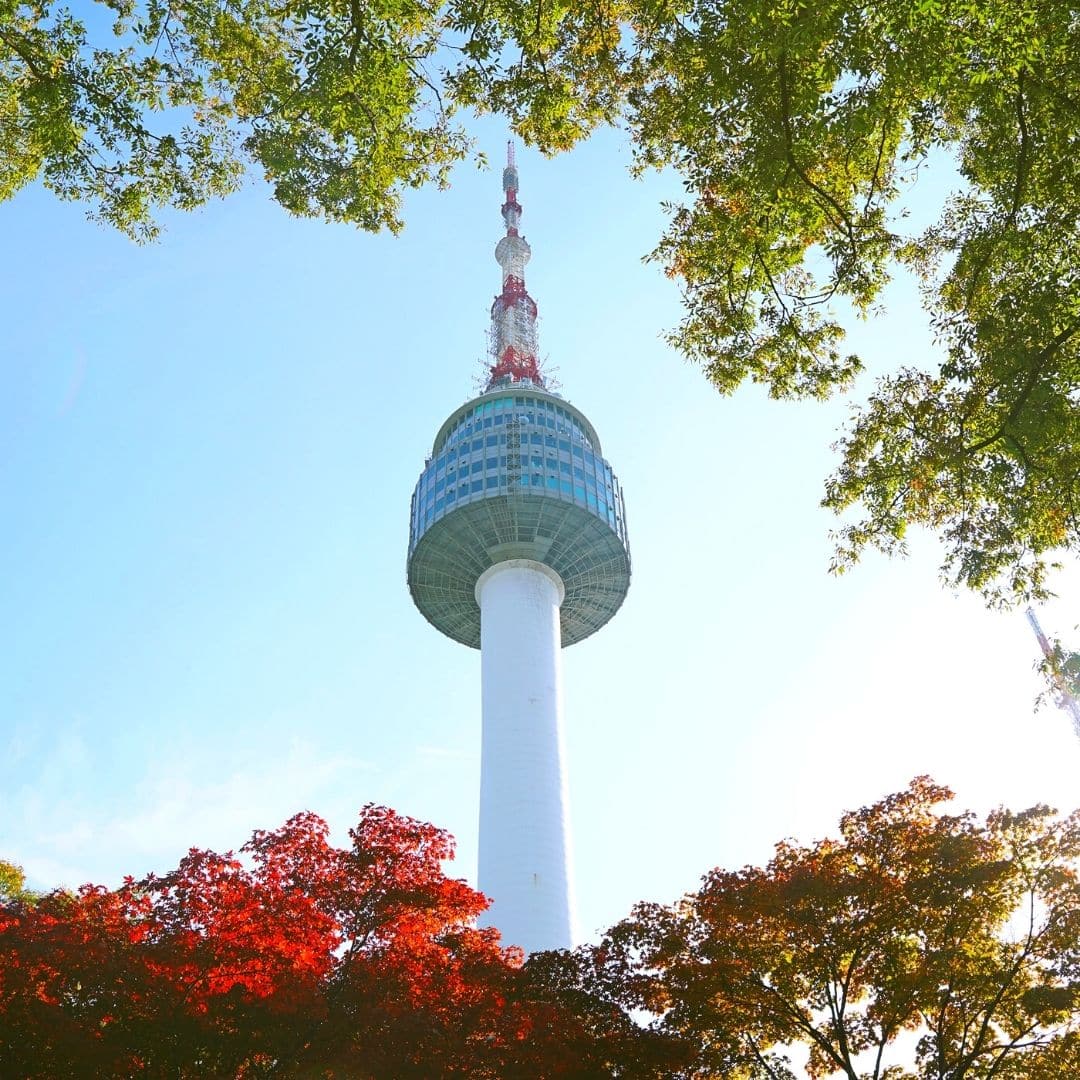
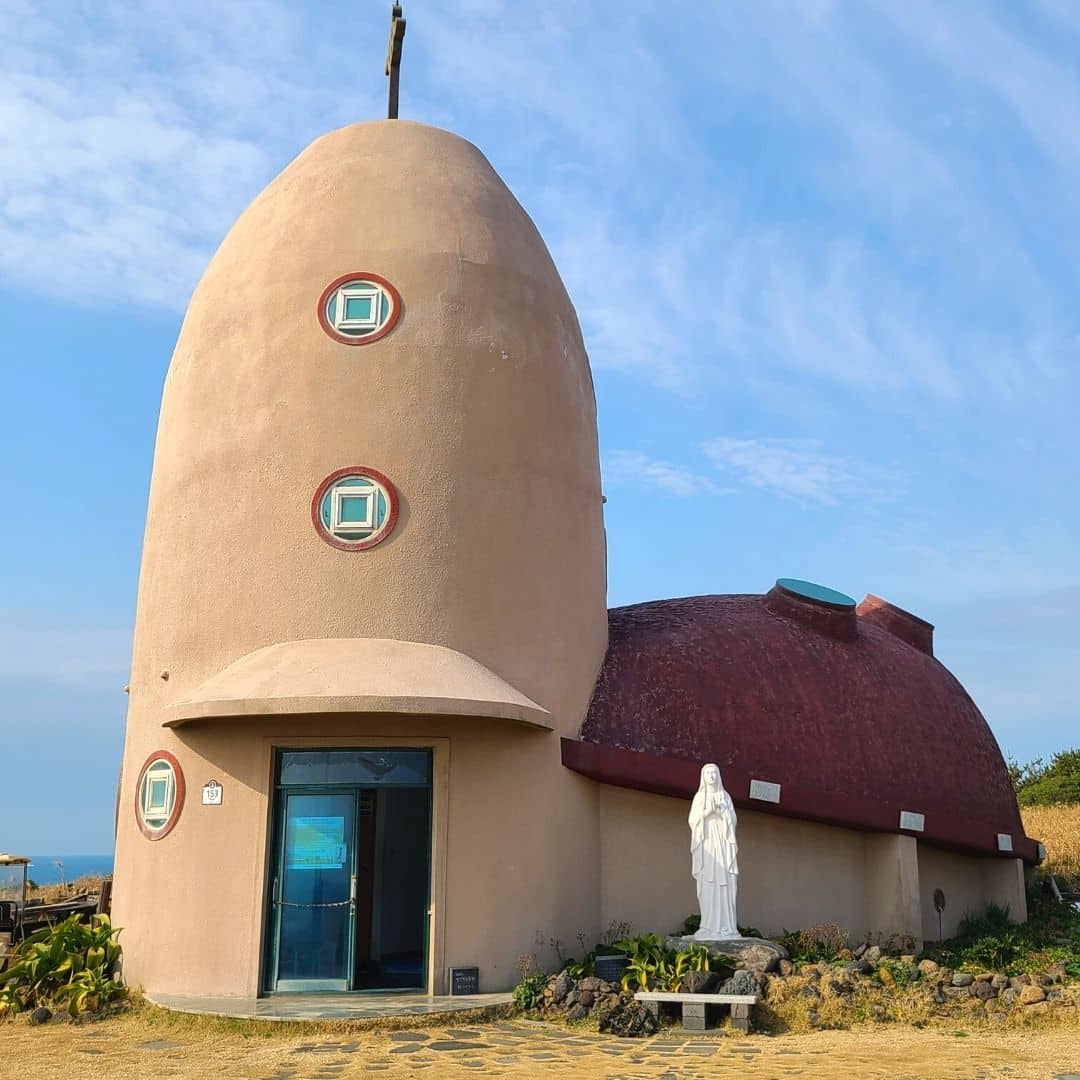
Further Costs To Travel In South Korea
Besides these everyday costs to travel in South Korea, there are other costs that you’ll need to cover from time to time. These costs include internet & phone access, day trips, activities, souvenirs, travel insurance, and flights. These costs will be broken down into low and high-end costs that you can expect to pay in Korea.

Korean Souvenir Costs
The best places to buy souvenirs in Korea are in the traditional markets and tourist areas. Insadong in Seoul has a lot of art and souvenir shops, as do the market streets around Bukchon Hanok Village. Hongdae offers lots of bargain snacks and souvenirs to take home.
Museums and galleries offer unique (and authentic) Korean souvenirs such as pottery, painting, tea & soju sets, and more. If you want something a bit more special, head to the underground markets near Gwangjang Market in Seoul and get your own handmade hanbok, which you can get posted back home to save luggage space.

Day Trip Costs From Seoul
A day trip from Seoul is a must to see a different side of Korea from what you’ll experience in the capital. Taking a day trip is a great chance to experience Korea’s countryside, nature, and hard-to-reach cultural attractions.
The day trip prices quoted below are the prices you can expect to pay with a reputable tour company like Klook or Trazy. Hiring a private guide will be a lot more expensive and might come to $200+ per day.
Please note: The prices quoted below are estimates and may change depending on the season or tour services.

Korean Activity Costs
Seoul and other Korean cities have so much to offer to tourists. From historical palaces to exciting theme parks and attractions, it’s easy to have fun, explore, and discover more about Korea’s history.
As mentioned earlier in this South Korea Travel Guide, buying a Discover Seoul Pass is a great way to save money on Seoul’s premium attractions.

Flight Costs To Korea
Flight costs depend on which airports you’re traveling from. A flight from Los Angeles to Incheon Airport (Korea’s main airport) costs around $1370 right now. Flight costs vary depending on the season and time of day.
The cost to fly to Korea is more than twice the normal price right now. Fortunately, Korea ended the restrictions on the number of flights into the country from June 2022 and flight costs and availability should be improved in the near future.
Best of Korea recommends Skyscanner and Expedia for the best flight deals to Korea.
Why Travel To South Korea?
In recent years, travelers from around the world have been increasingly drawn to South Korea. The country is a must-see destination in Asia, with more than 17 million travelers in 2019. After reading this South Korea Travel Guide, you’ll understand what draws so many people to the Land of The Morning Calm, as Korea is also known.
There are myriad reasons why people visit Korea. Many come to experience life in a unique country, packed with historical and cultural sights that you won’t find elsewhere in the world. In the afternoon you can walk through a royal palace dressed in hanbok (traditional Korean clothes), sip green tea in a hanok (traditional Korean house), and pass Buddhist monks walking peacefully through an ancient temple.
Modern South Korean culture is conquering the world, with chart-topping acts that include BTS and Black Pink, Oscar-winning movies like Parasite, and phenomenally successful TV shows like Squid Game. This brings in legions of fans flocking to shooting locations and film sets to relive their favorite K-Culture moments. Some lucky travelers even get to catch sight of their favorite K-Stars walking around Gangnam, a hotspot for Korea’s most famous citizens.
Not only is Korea a beautiful country, it’s a country that will make you beautiful, with some of the world’s best fashion and beauty shops. Korea is famous for its K-Beauty products and is a beauty and fashion shoppers paradise. From the street fashions of Hongdae, to the luxurious fashion malls of Gangnam, and the wall-to-wall malls with discount clothes in Dongdaemun, you’re guaranteed to find something you can’t resist at a great price. If you prefer a cultural shopping experience, there are traditional markets all over Korea, where you can experience street food, buy novel gifts, and see how locals live and socialize.


There’s so much more to South Korea than what you’ll find in the cities, however. South Korea, a country that’s 70% mountainous with coasts on three sides, offers so much to nature and adventure lovers. Hiking, South Korea’s national pastime, is a popular way to see more of the Korean countryside, looking down over rice fields, forested valleys, and pockets of urbanization. Skydiving, parasailing, scuba diving, water sports, cycling, rock climbing, white water rafting, and lots more are on offer and very reasonably priced. South Korea is a great place to enjoy the great outdoors.


The real jewel in South Korea’s natural crown, however, has to be Jeju Island – one of the New 7 Wonders of the Natural World. Explore lava caves, hike to the peak of the central dormant volcano (Hallasan Mountain), trek around the rugged coast, relax on a sandy beach in a modern cafe, and even try your hand at horse riding.
Whatever your reason to travel to South Korea, you’re sure to find more and more reasons to return again and again. Let this South Korea Travel Guide whet your appetite for your first trip, inspire you to plan a follow-up trip, and guide you to the best things to see and do in South Korea.
South Korea Travel Guide FAQs
Not sure about the South Korea travel restrictions and want to know more about visas, vaccinations, and what the rules are? This next section covers some of the most frequently asked questions about traveling to Korea now. If you have more questions that aren’t covered below, feel free to write to us on the Best of Korea Facebook page.
Do I need a visa to travel to South Korea?
US citizens and tourists from 111 other countries, including Canada and Mexico, don’t need a visa to travel to South Korea. The US government and South Korea have a visa-free travel arrangement and tourists can stay for up to 90 days.
What happens when I arrive in South Korea?
From September 2022 onwards it is no longer necessary to provide any vaccination status or take any PCR or RAT tests. A mandatory health check will be required, but this is only a simple form you can fill in on arrival.
What happens if I get a positive PCR result?
If you test positive for COVID-19 while in Korea, you will need to quarantine for 7 days at government facilities. Travelers who break the quarantine rules are subject to deportation or fines.
Can I travel to Korea if I'm unvaccinated?
Yes, you can still travel to South Korea if you’re unvaccinated. South Korea no longer restricts travel based on vaccination status (as of October 2022).
However, if a traveler (vaccinated or unvaccinated) tests positive for COVID-19 in Korea, they will have to self-quarantine until negative.


